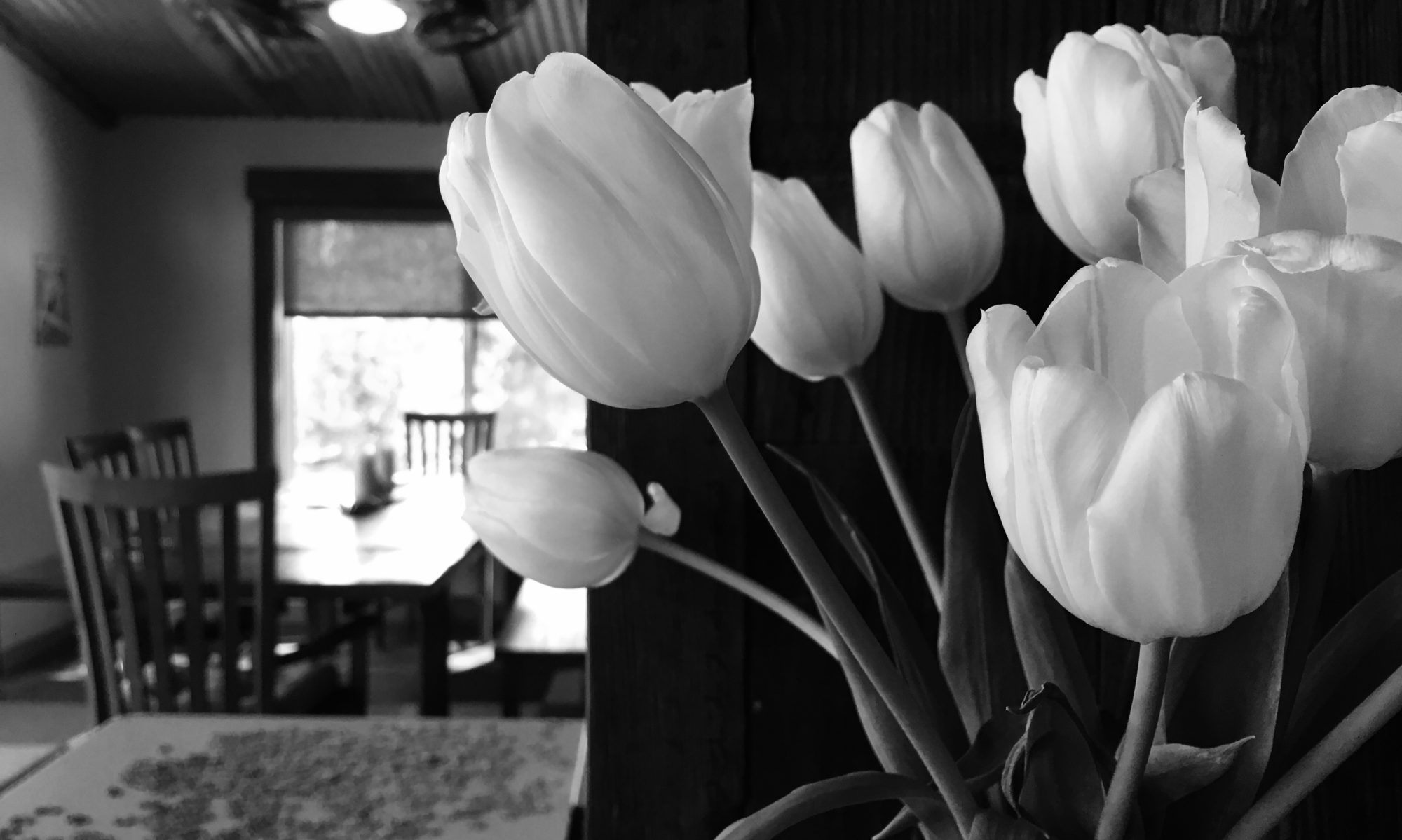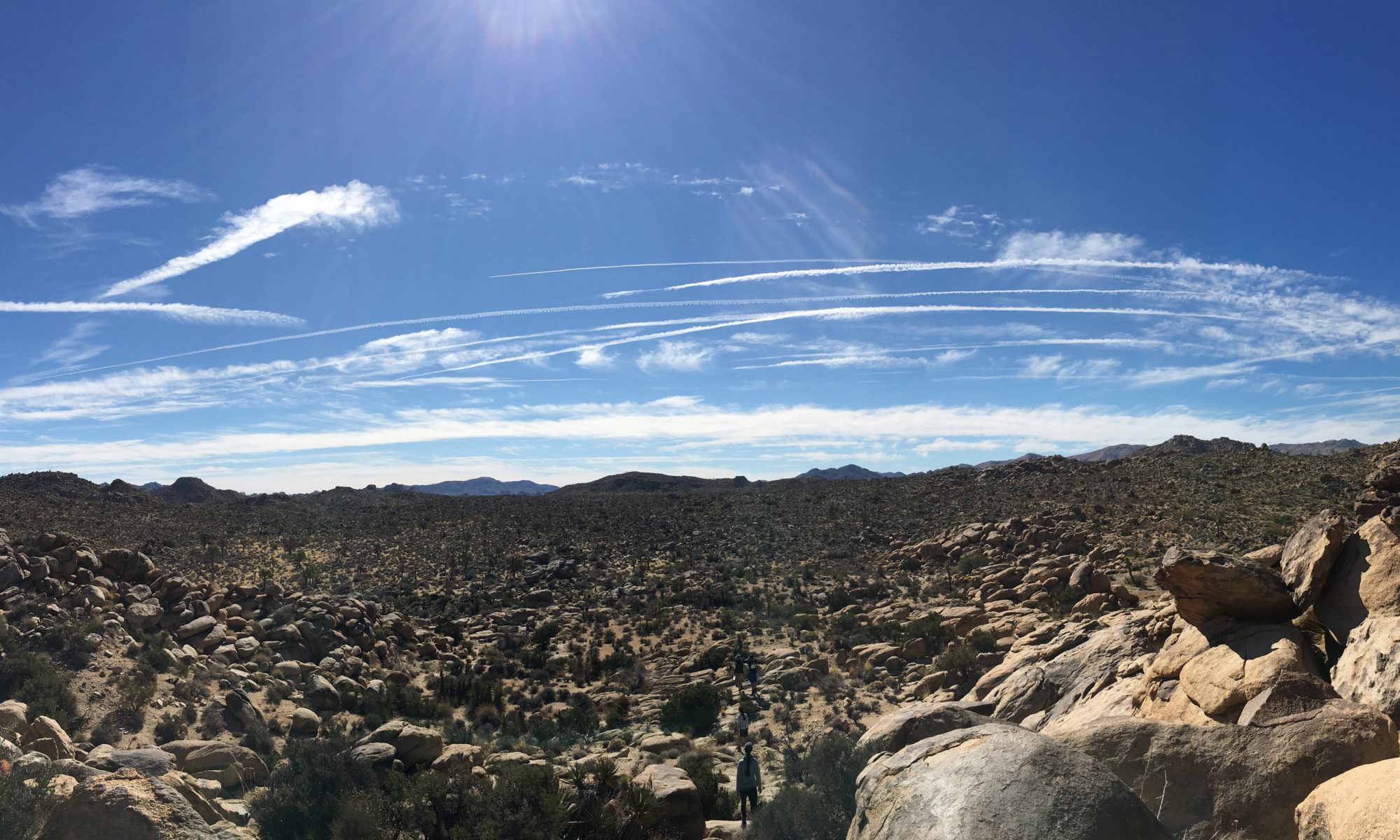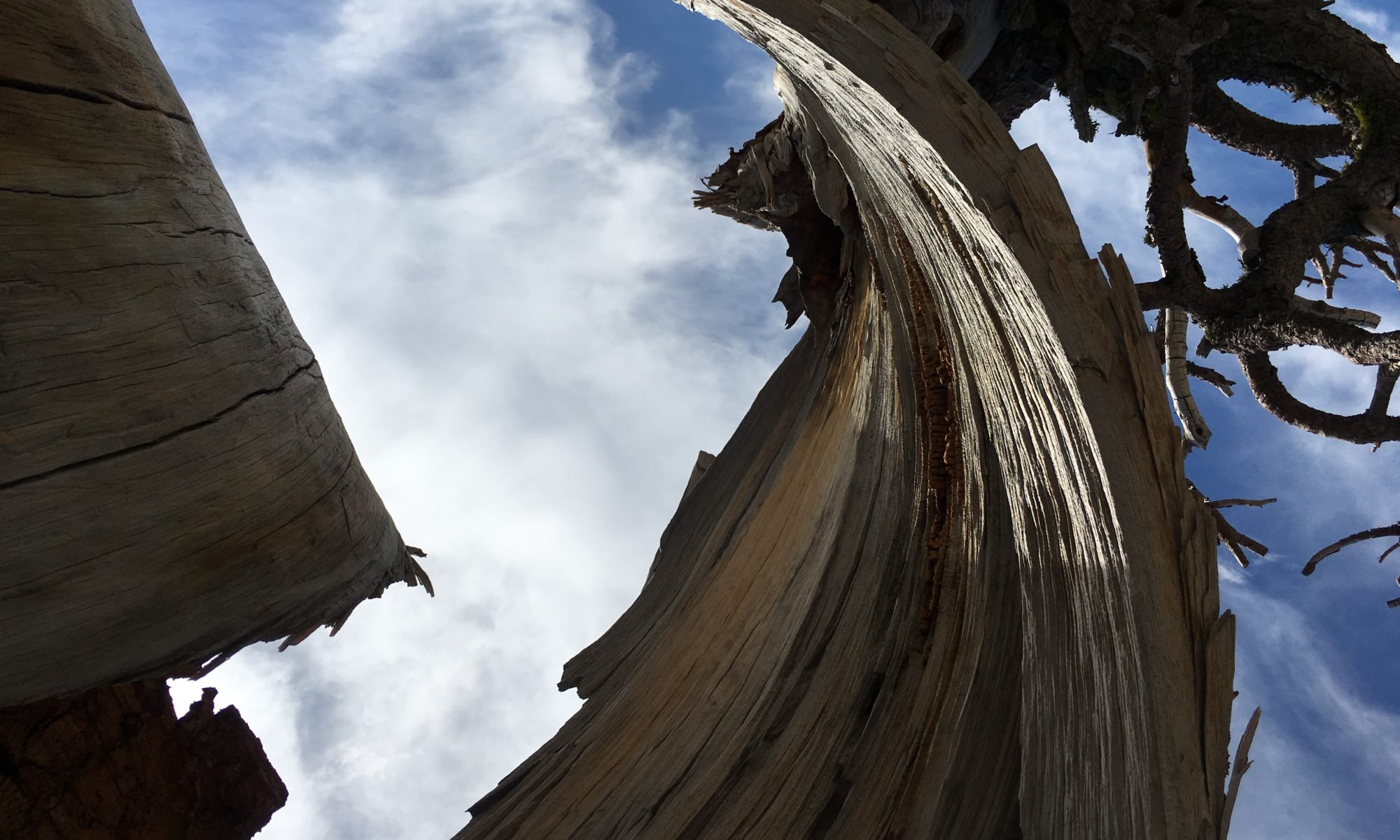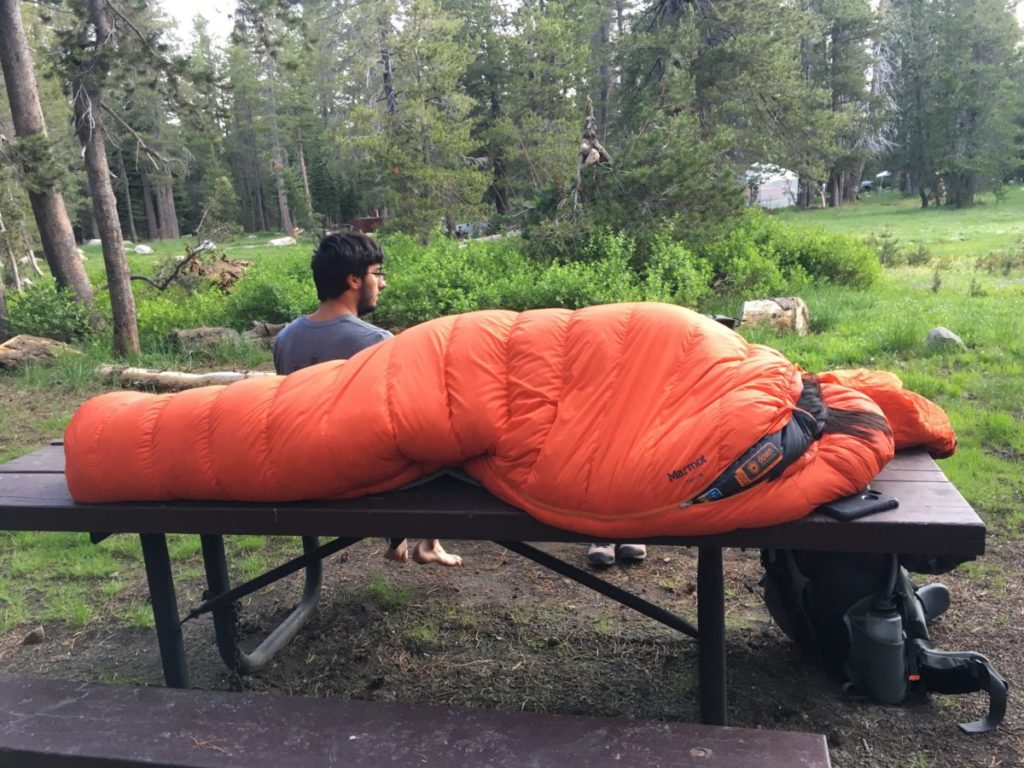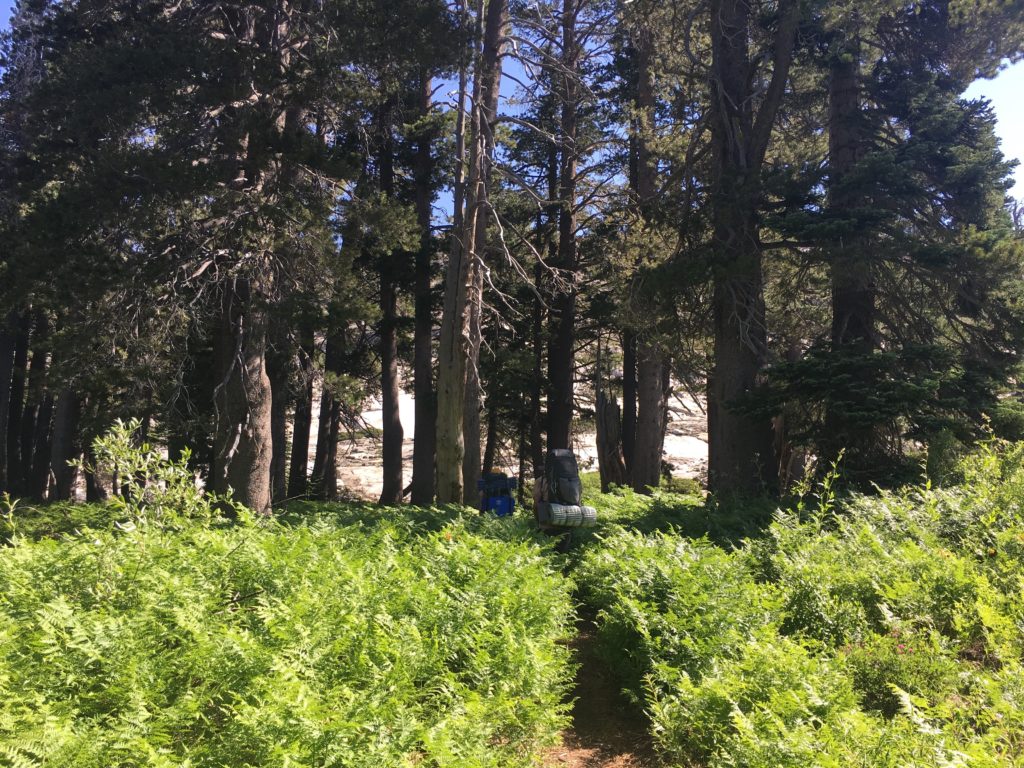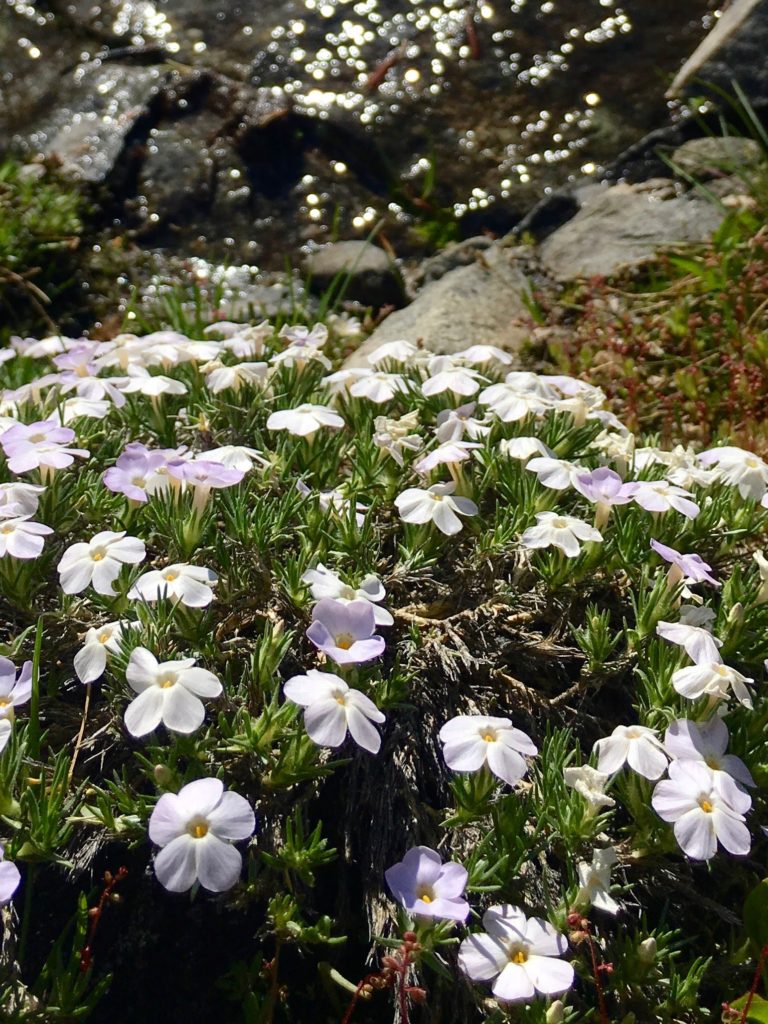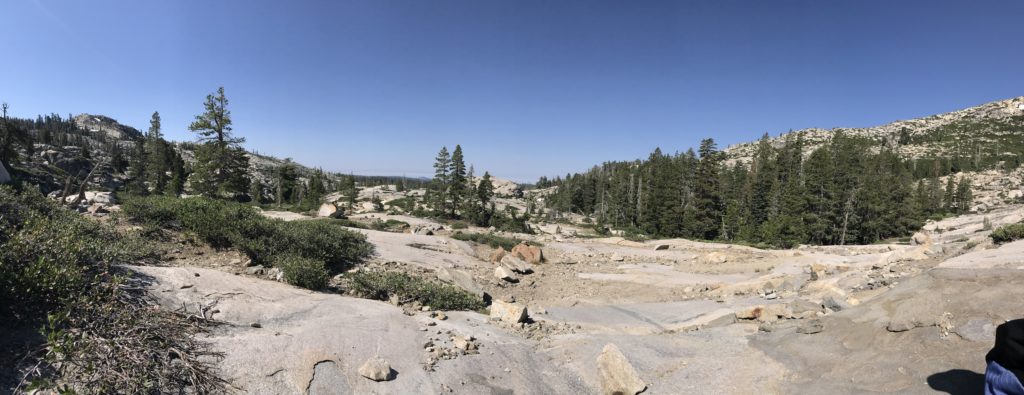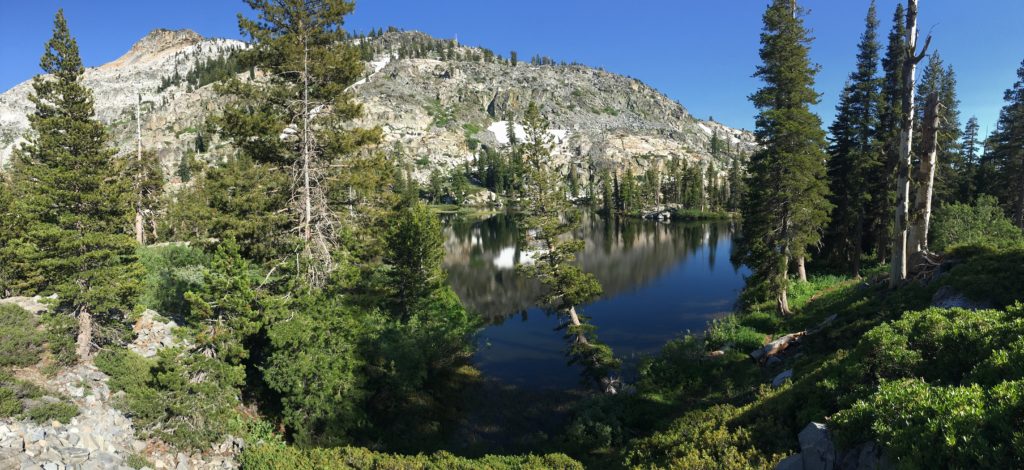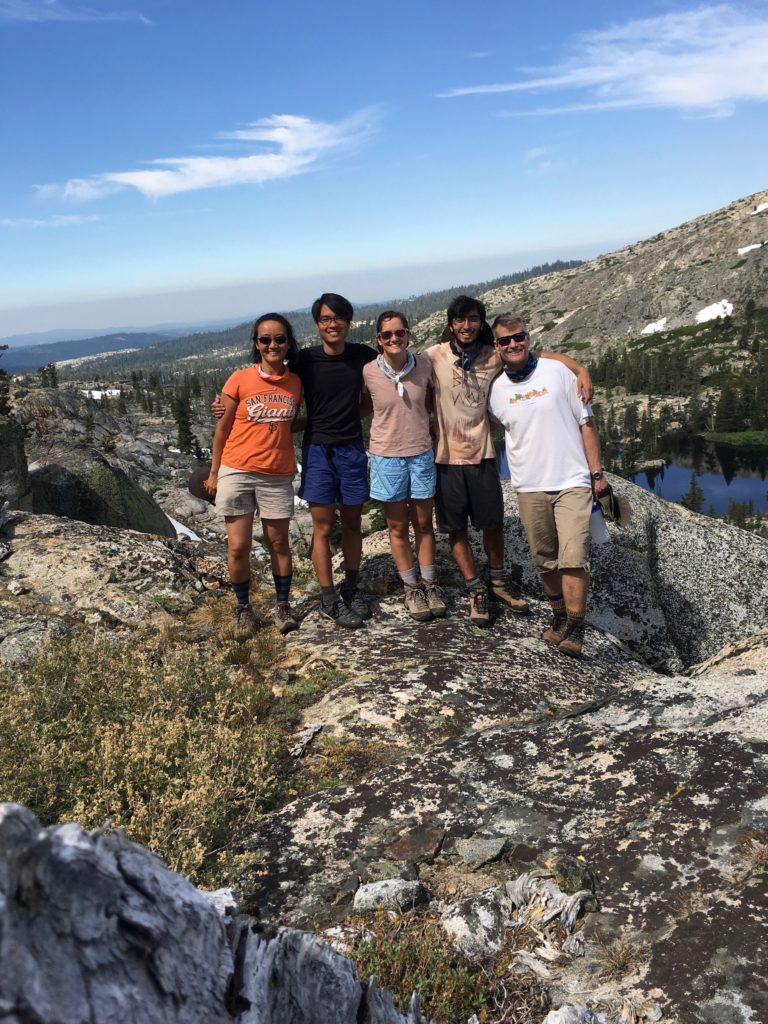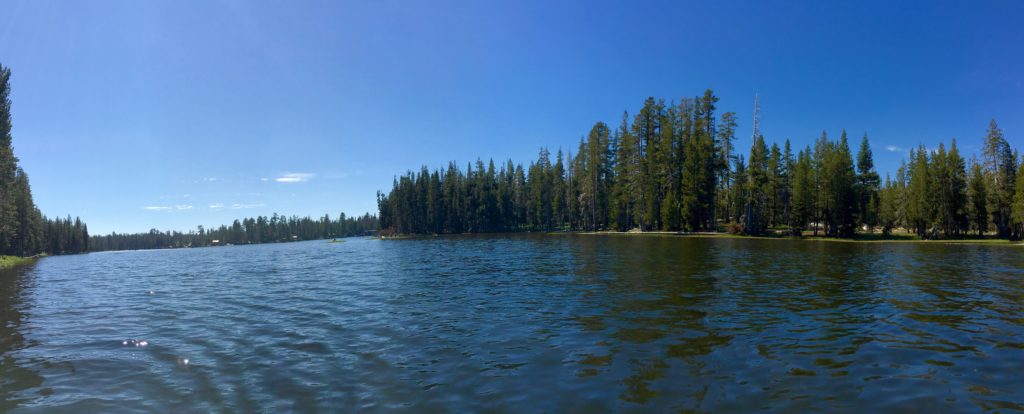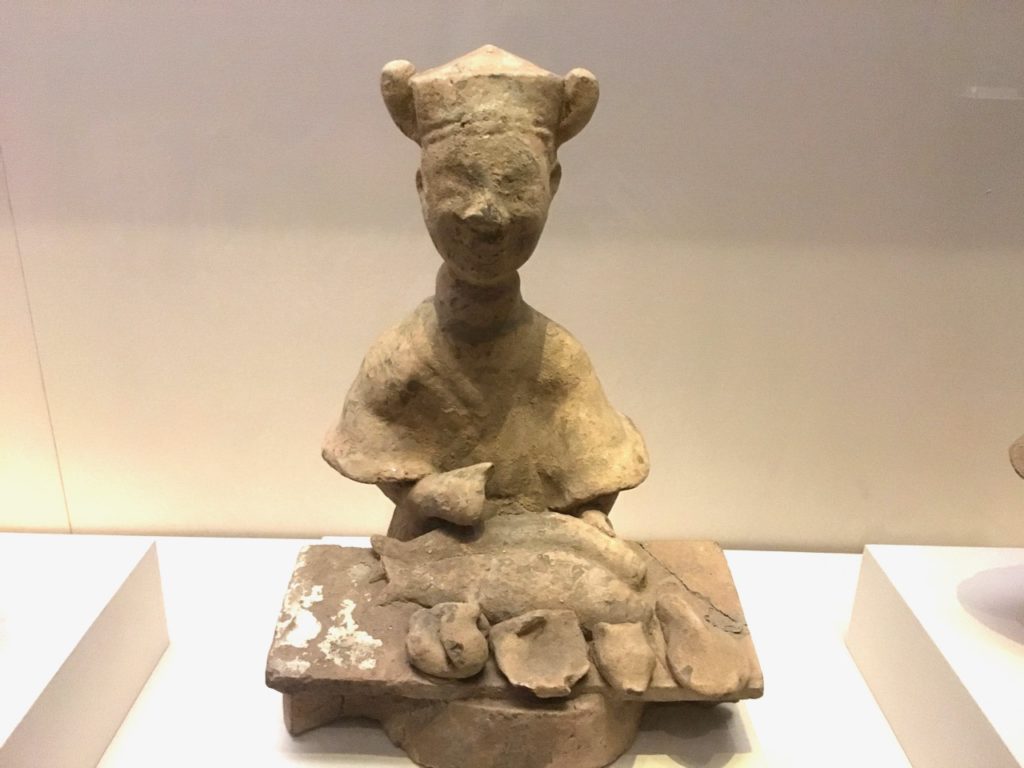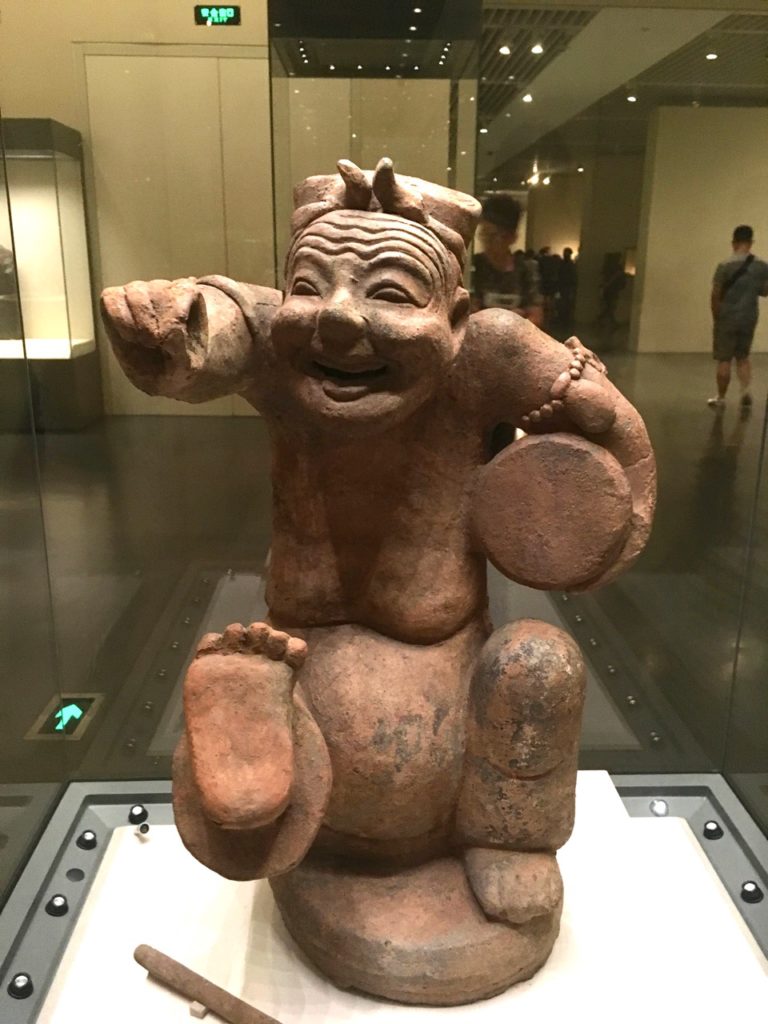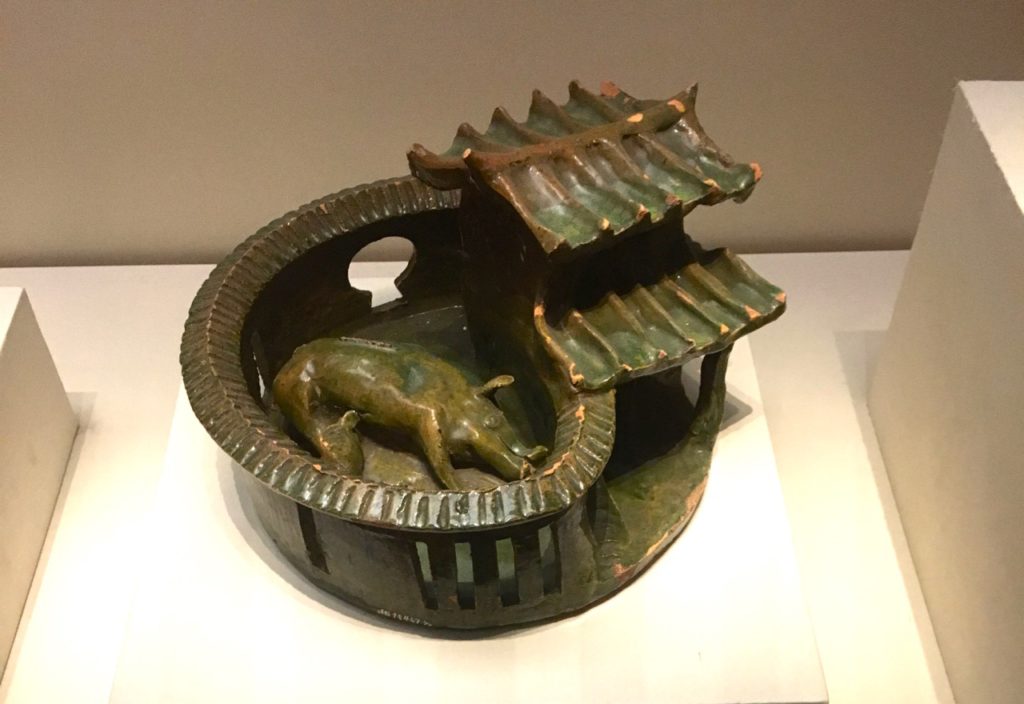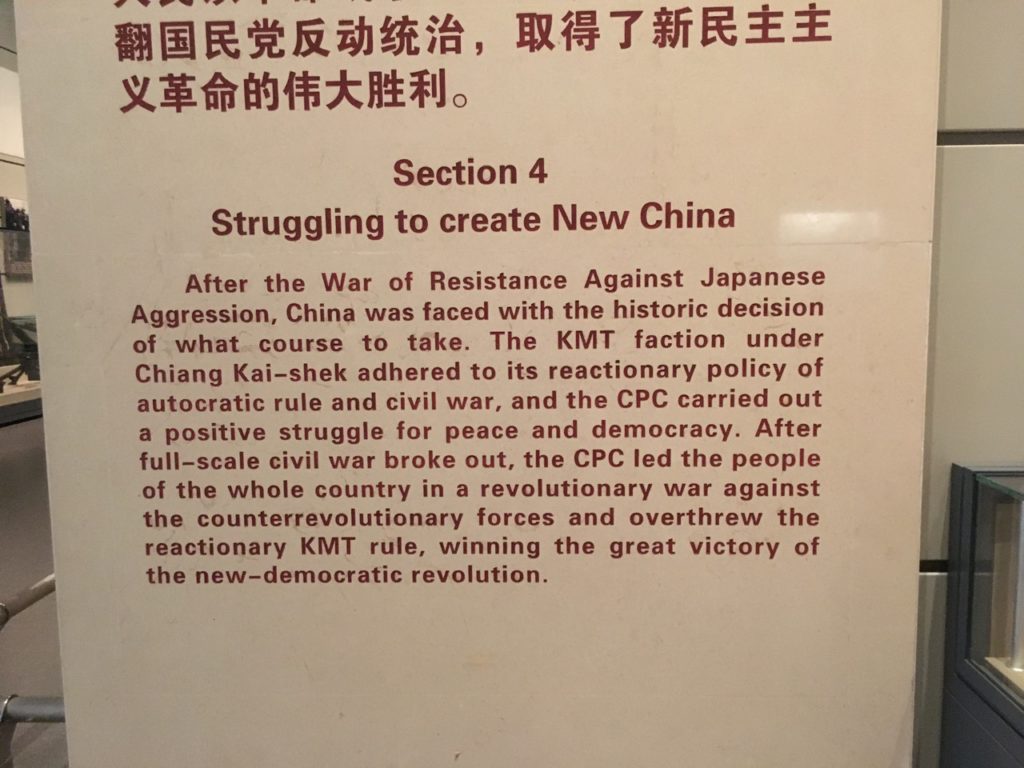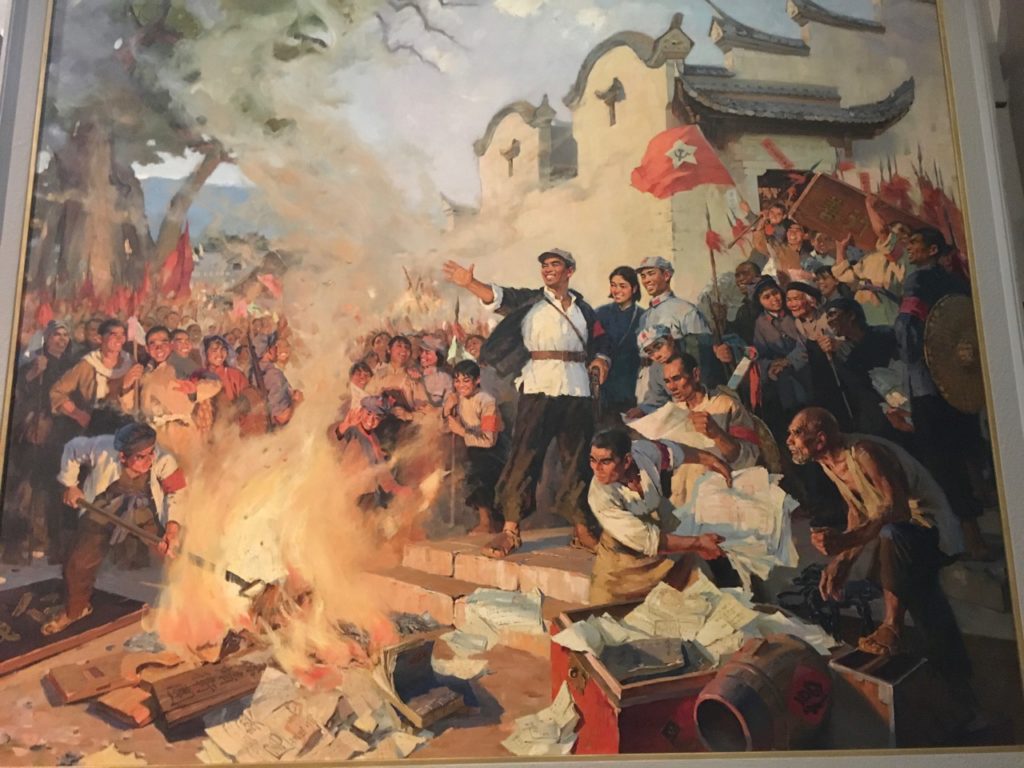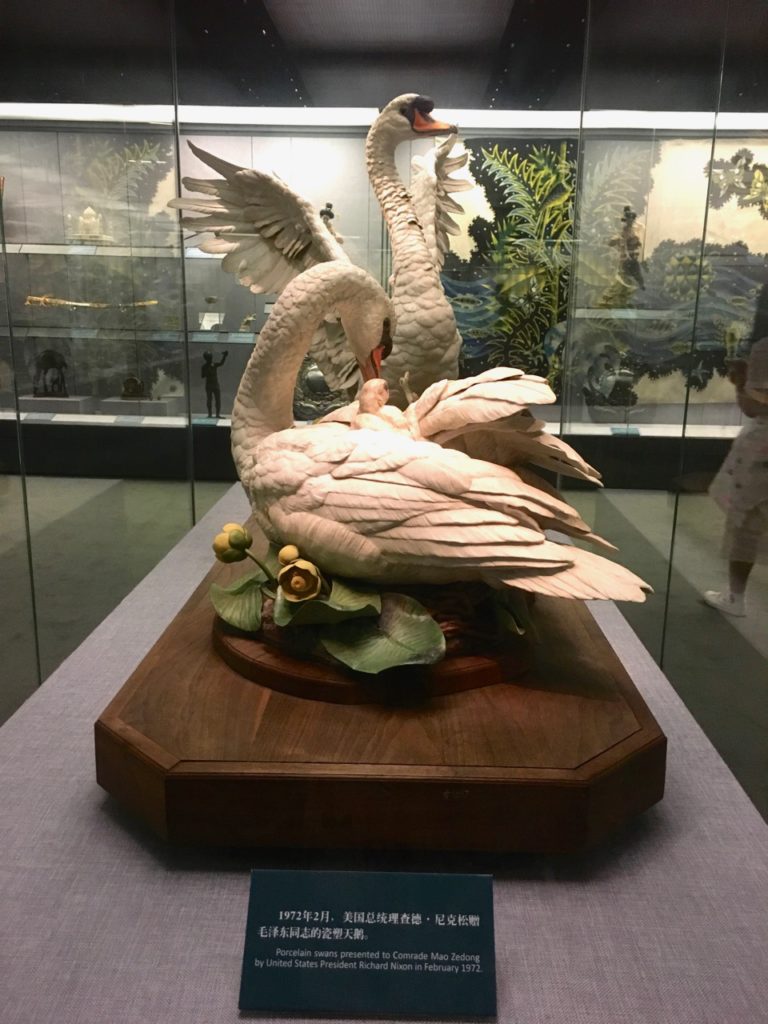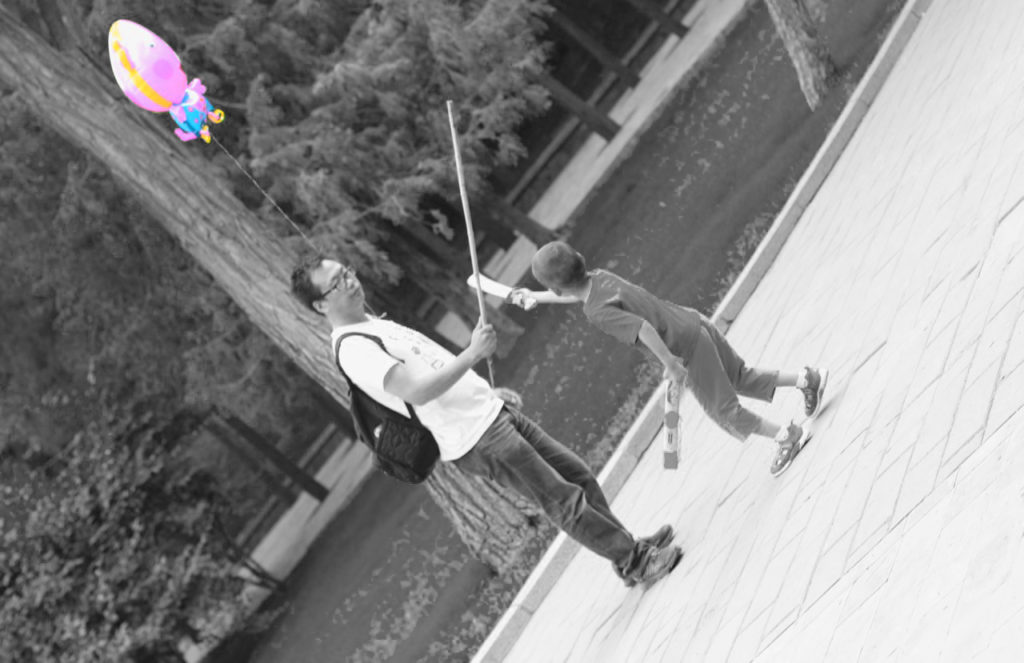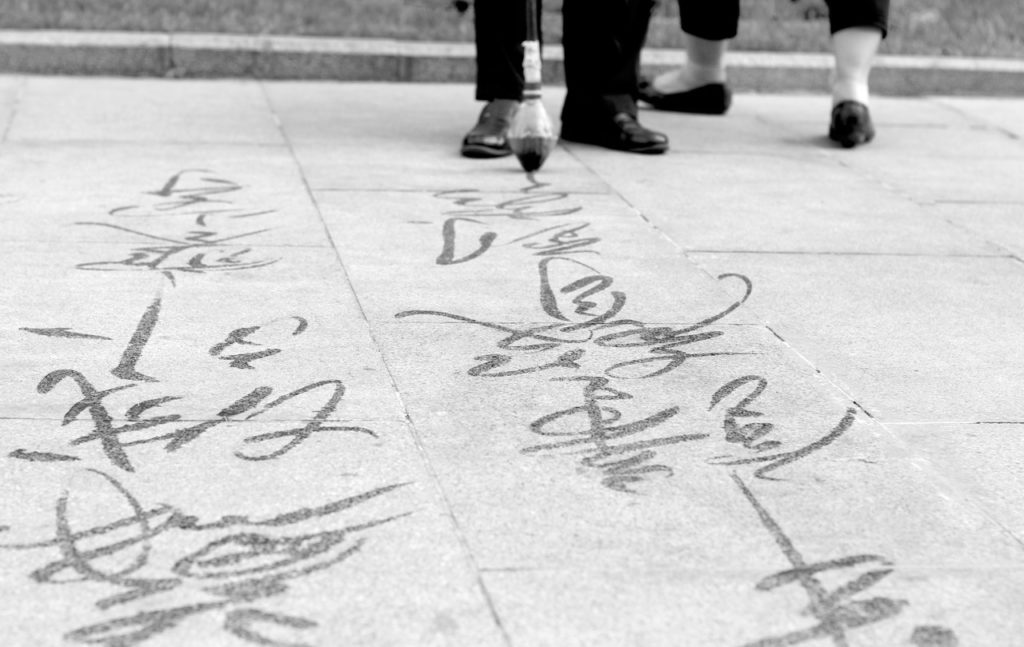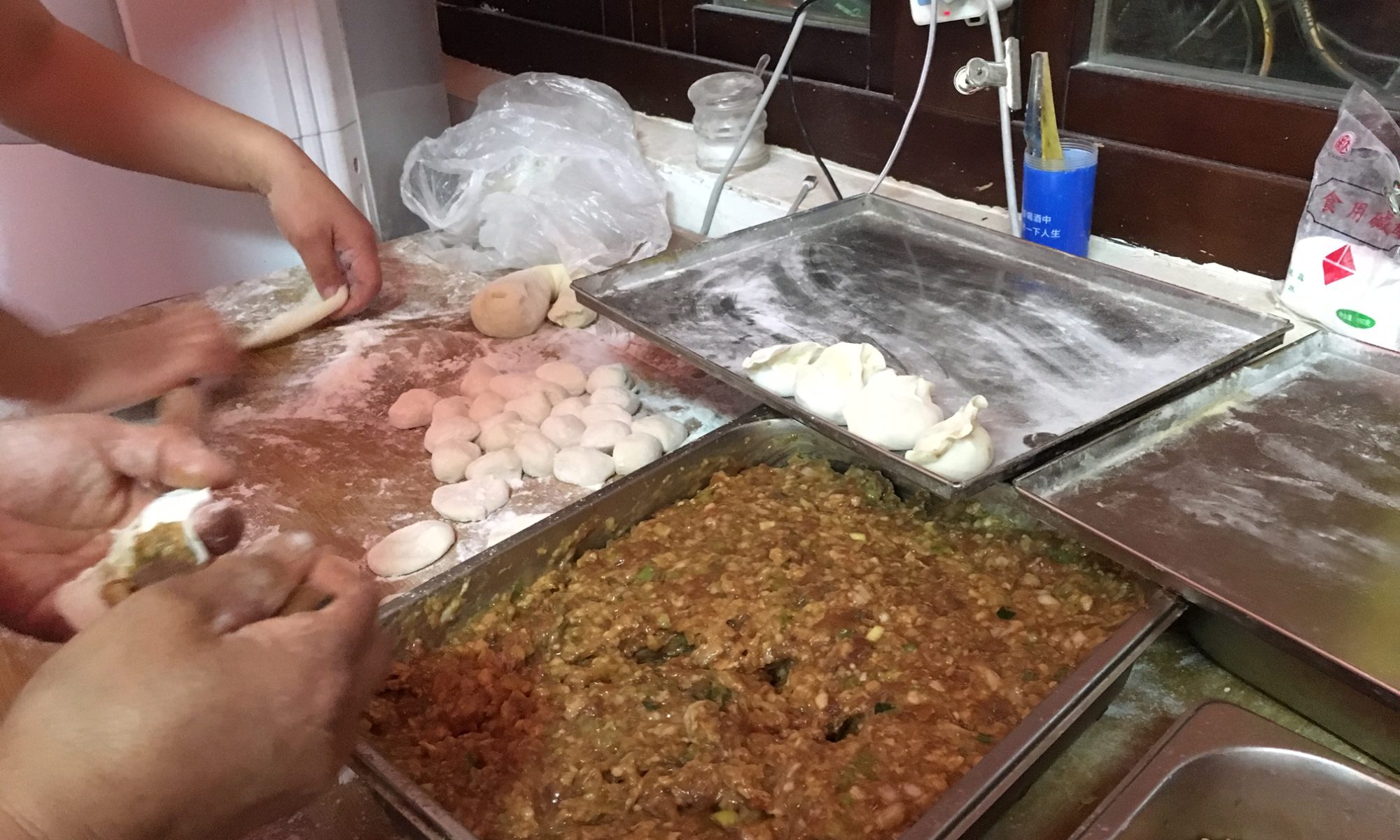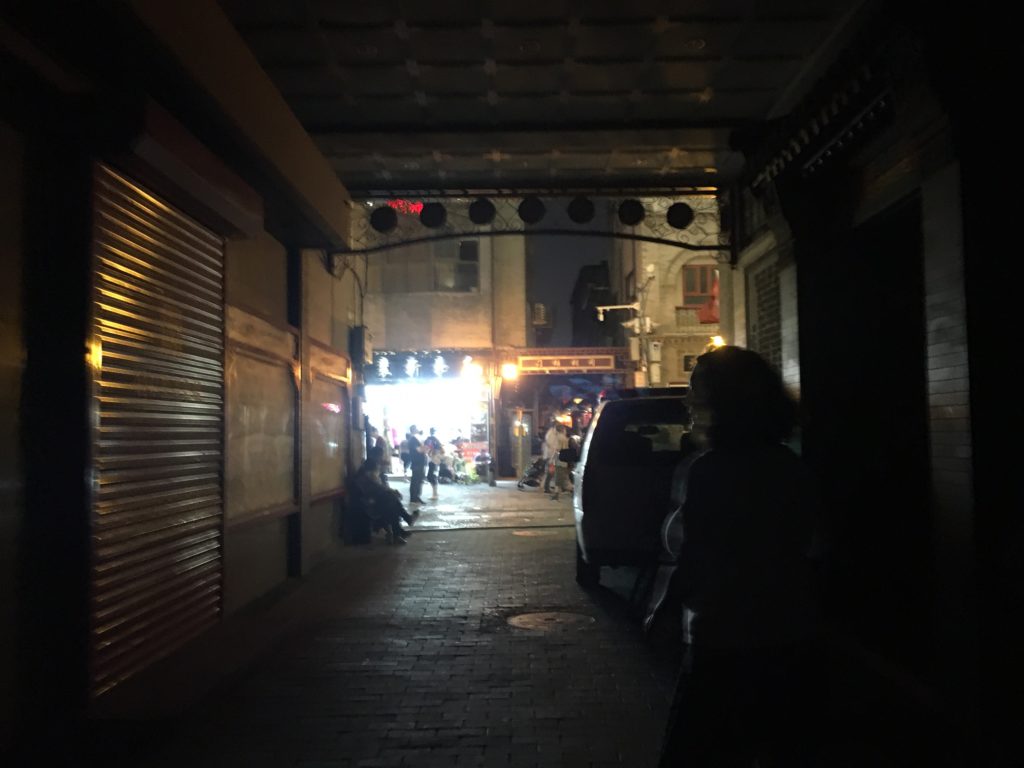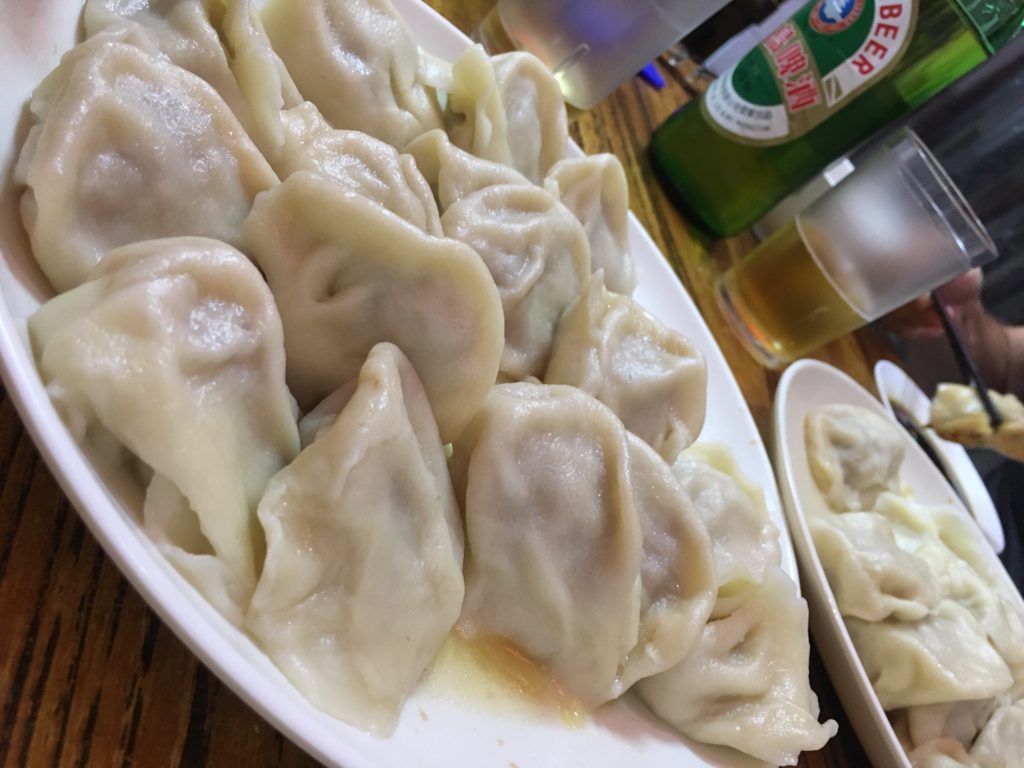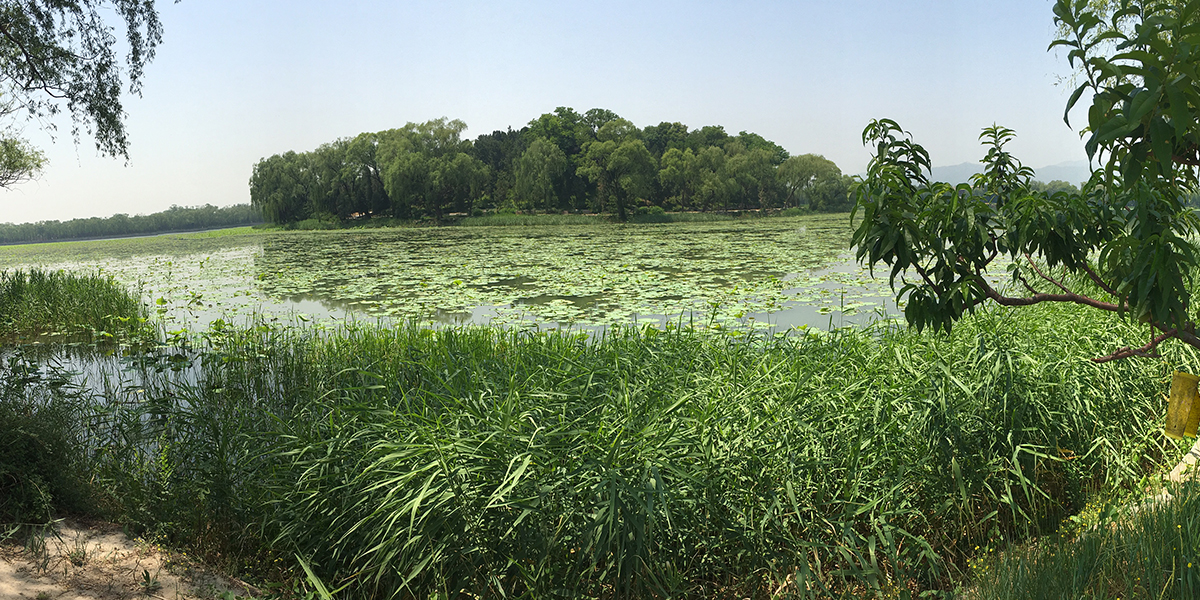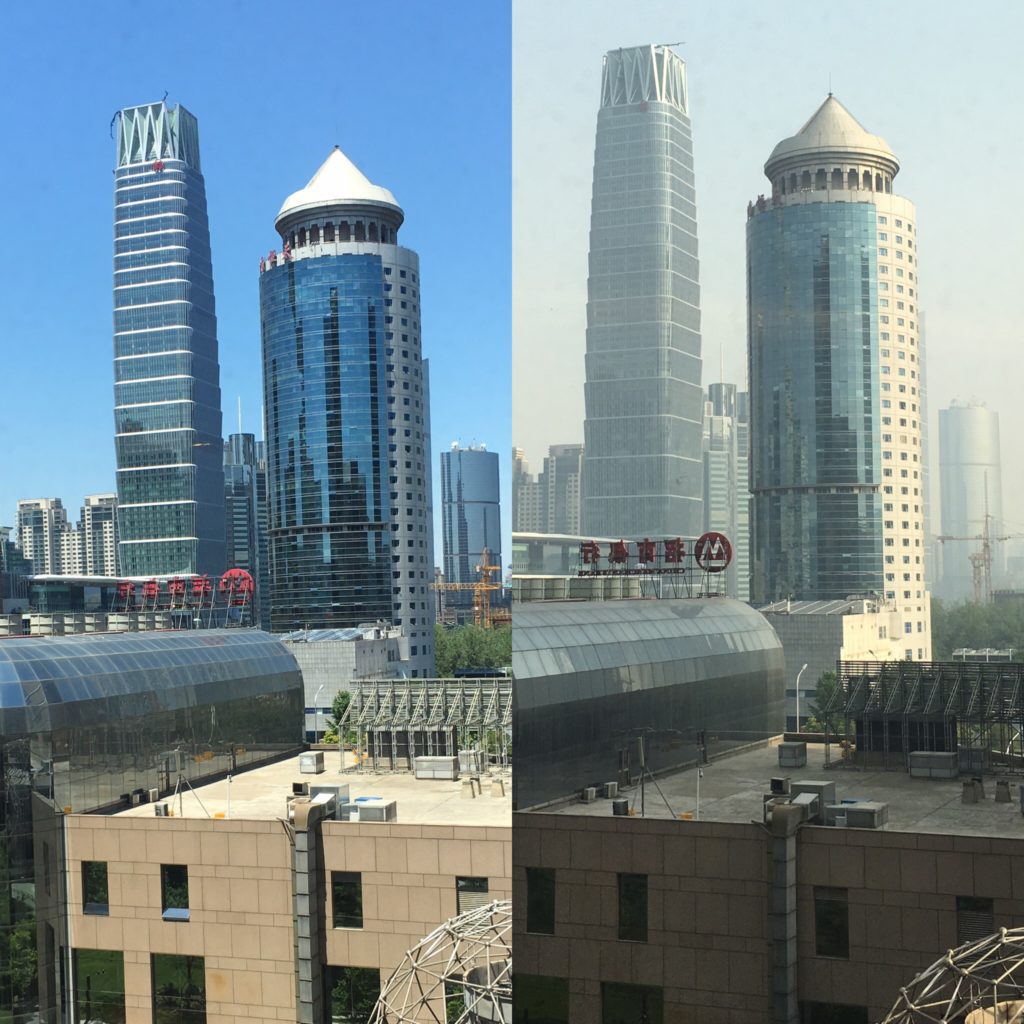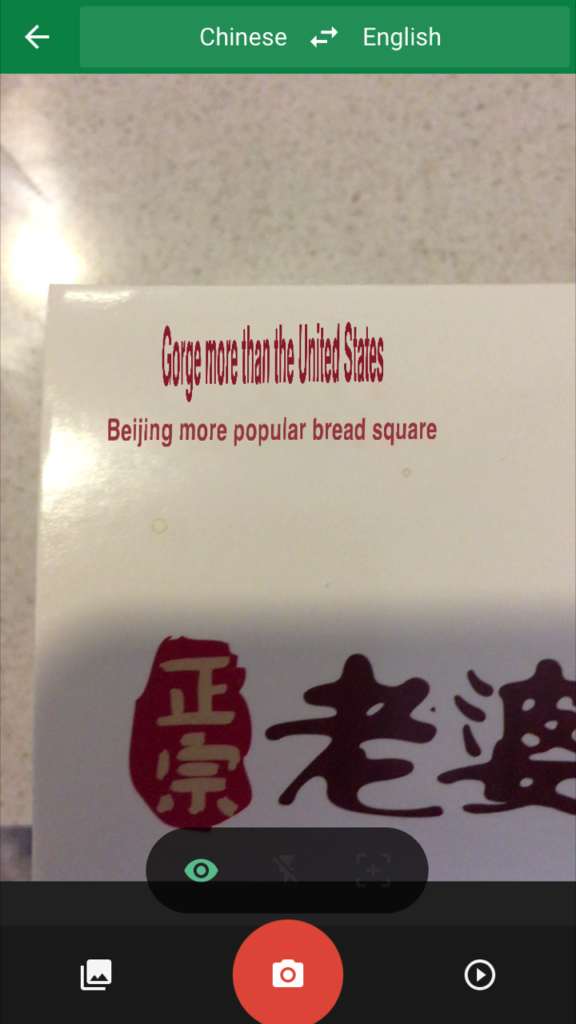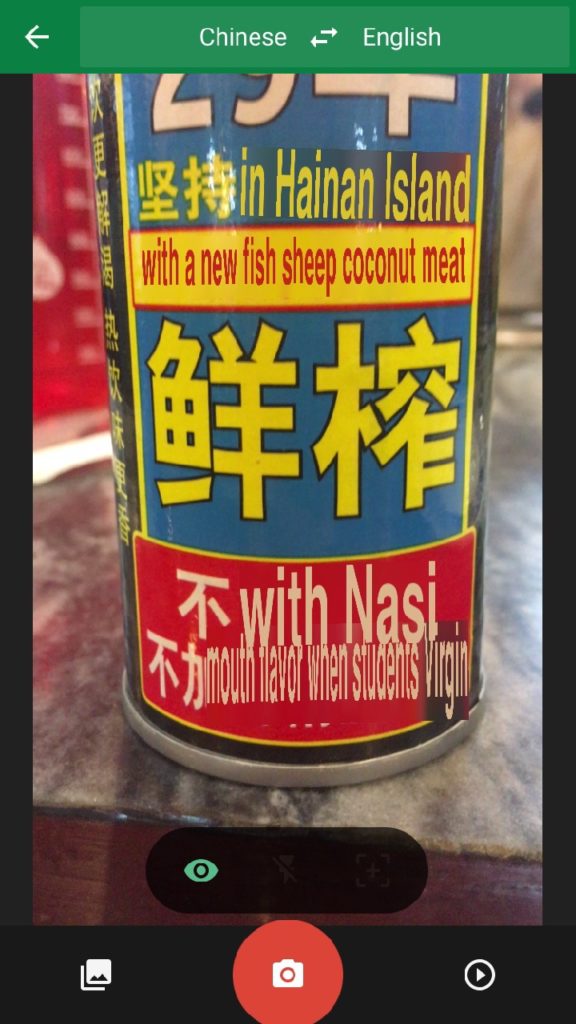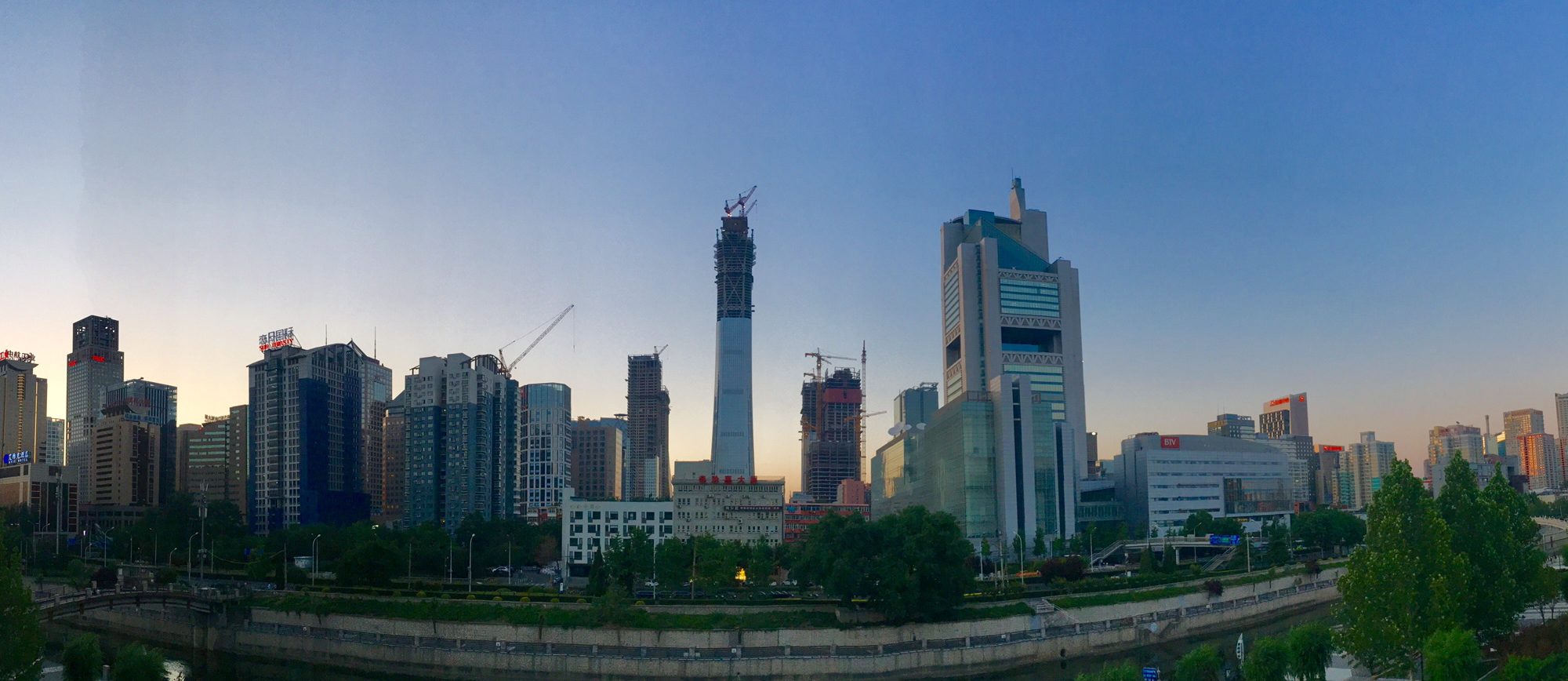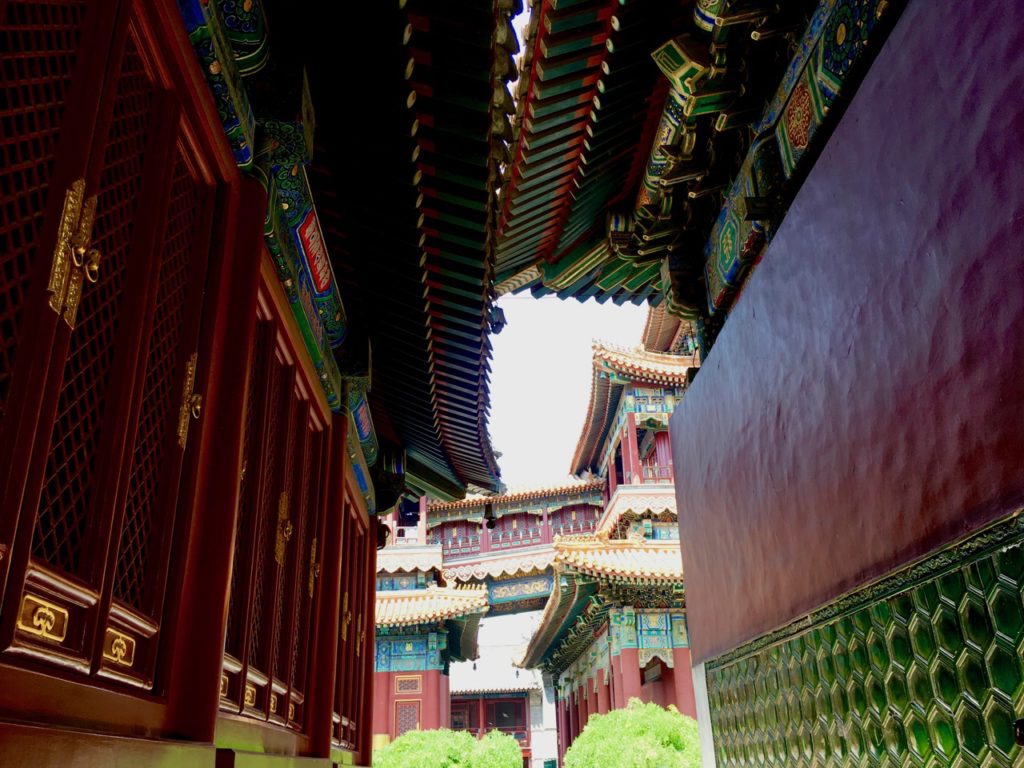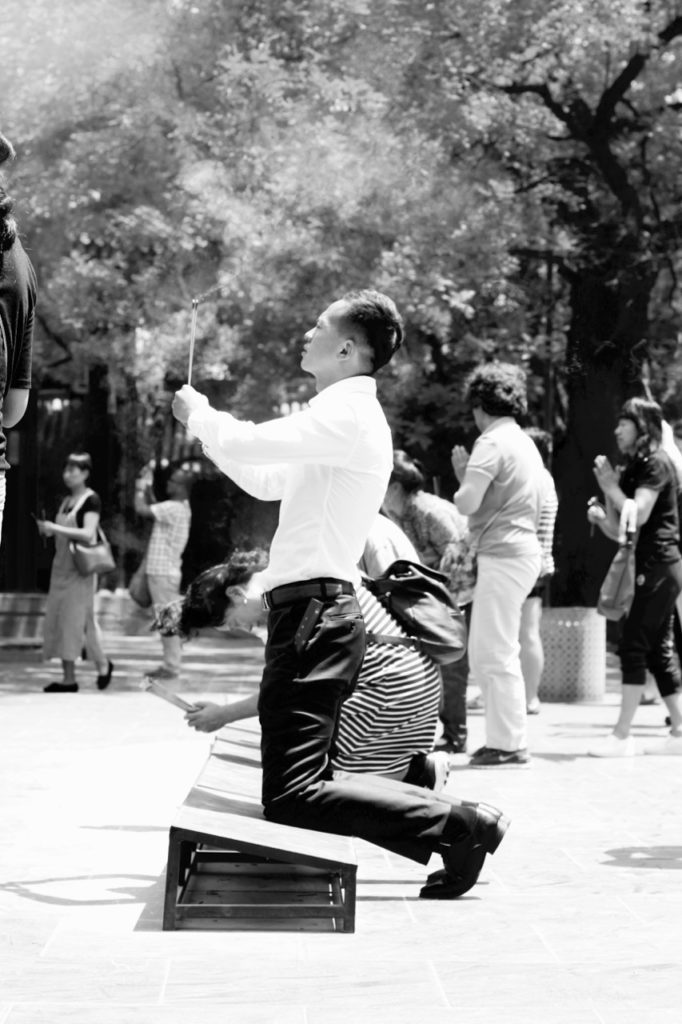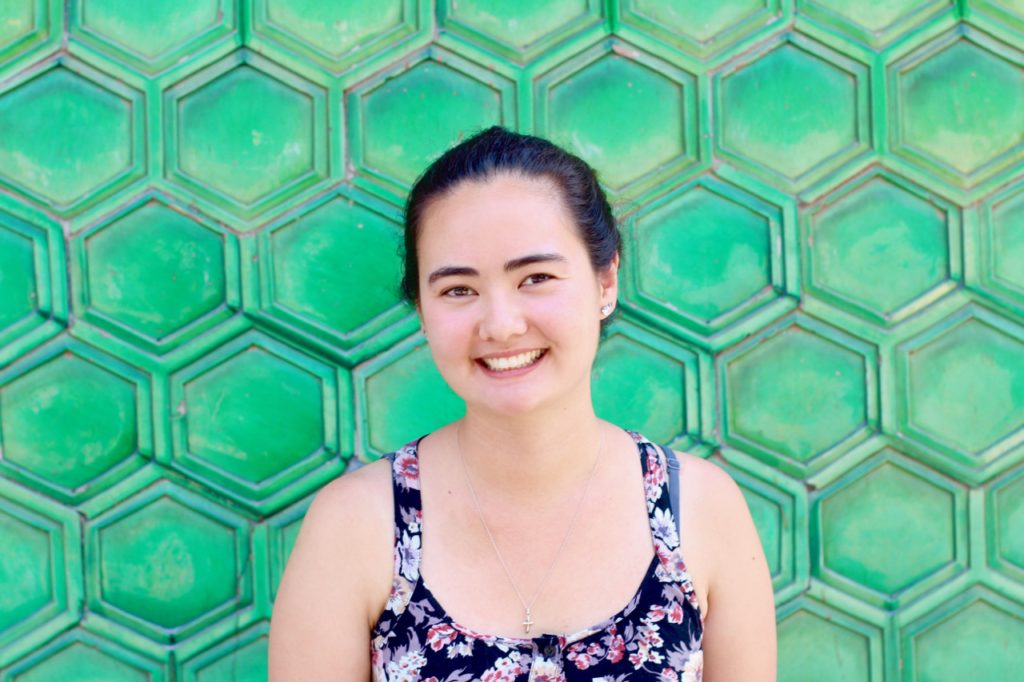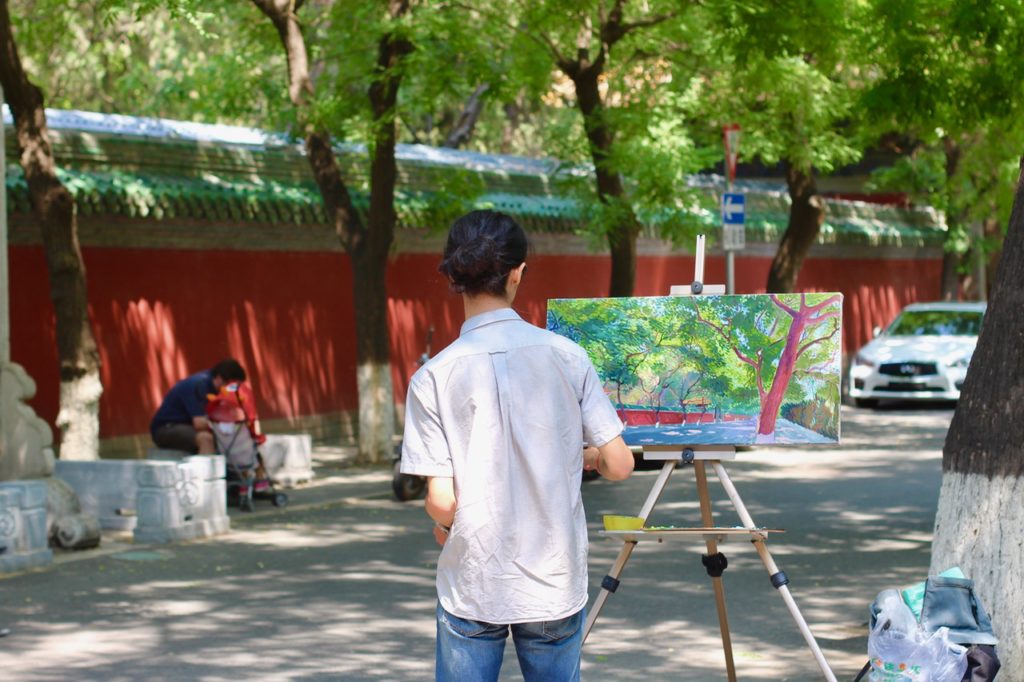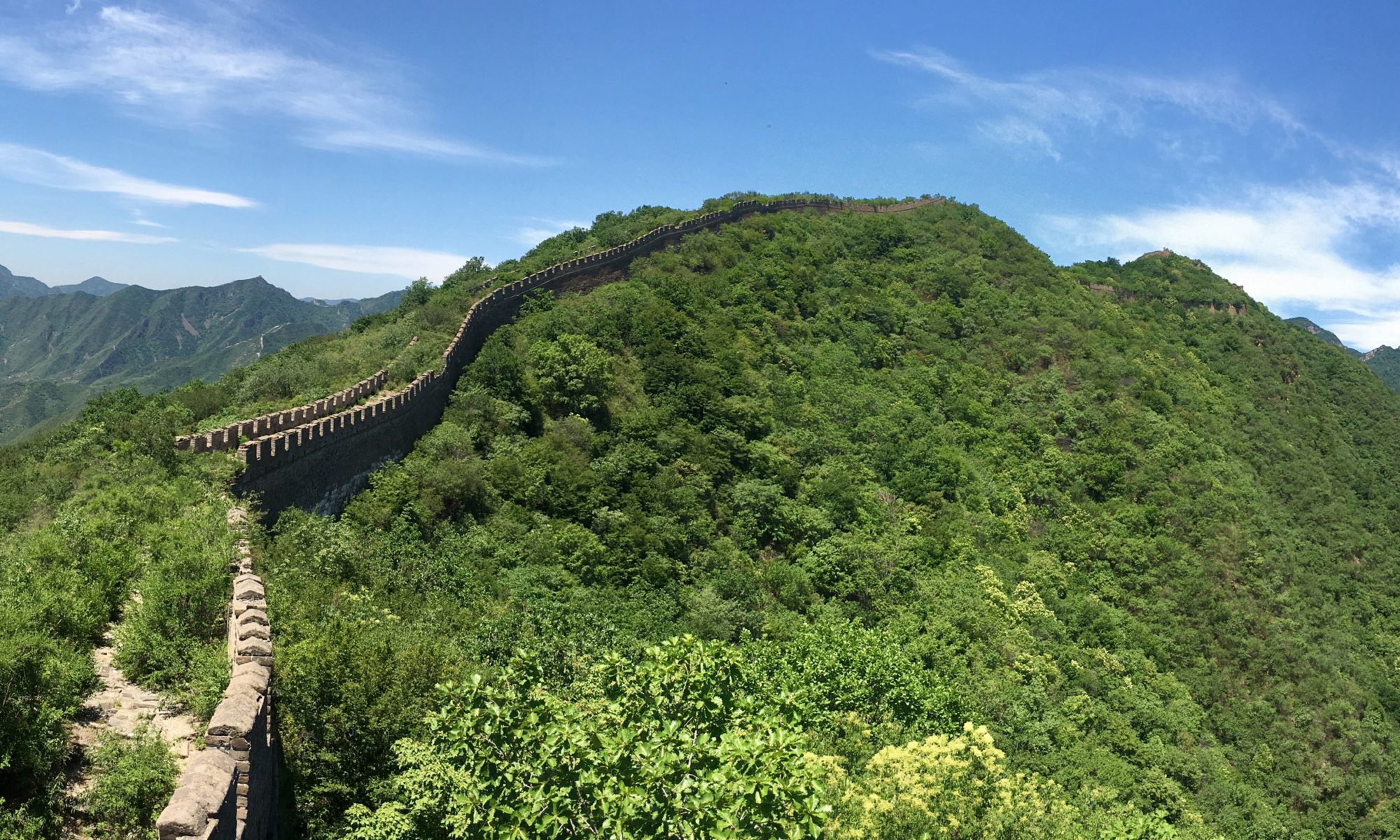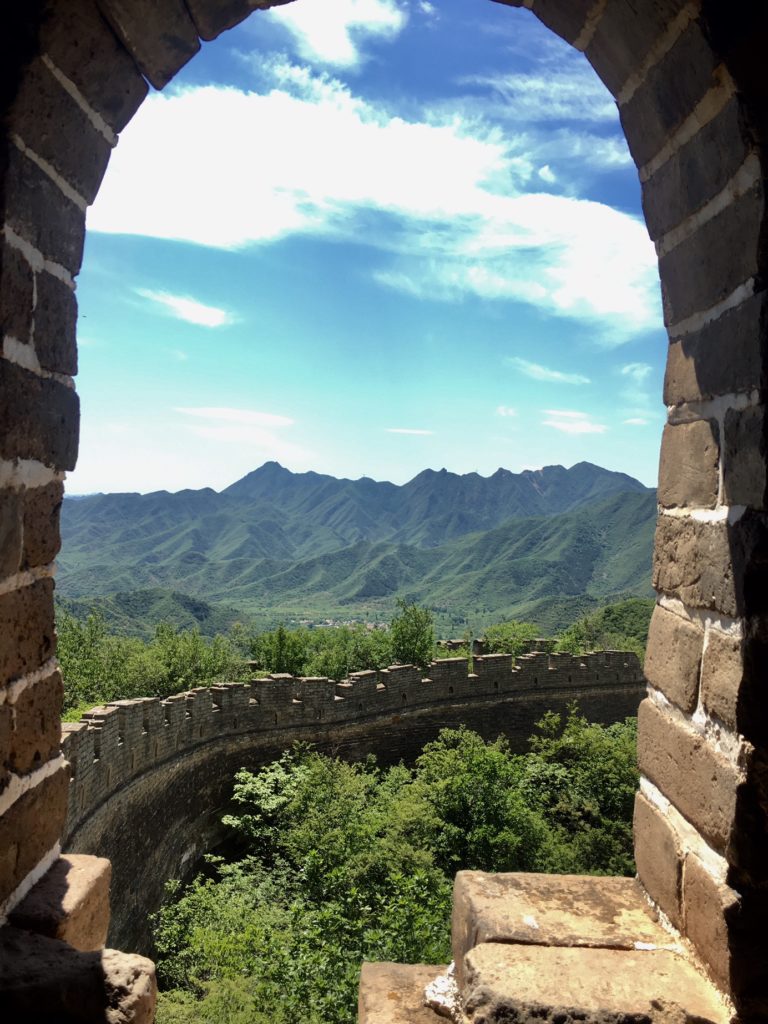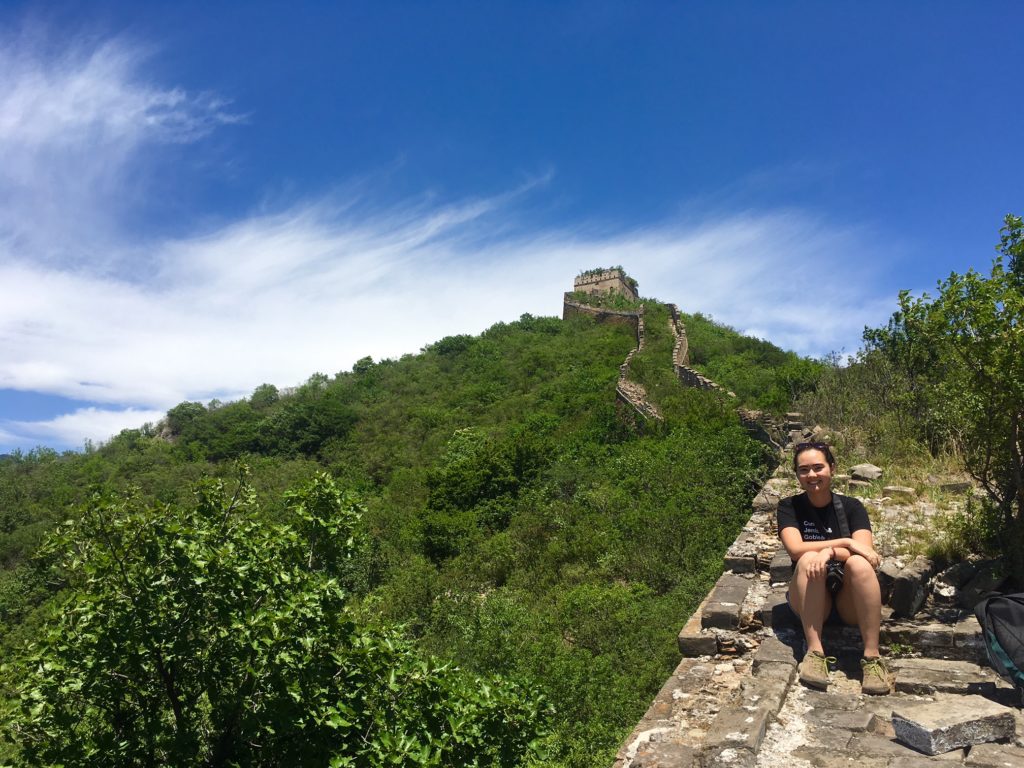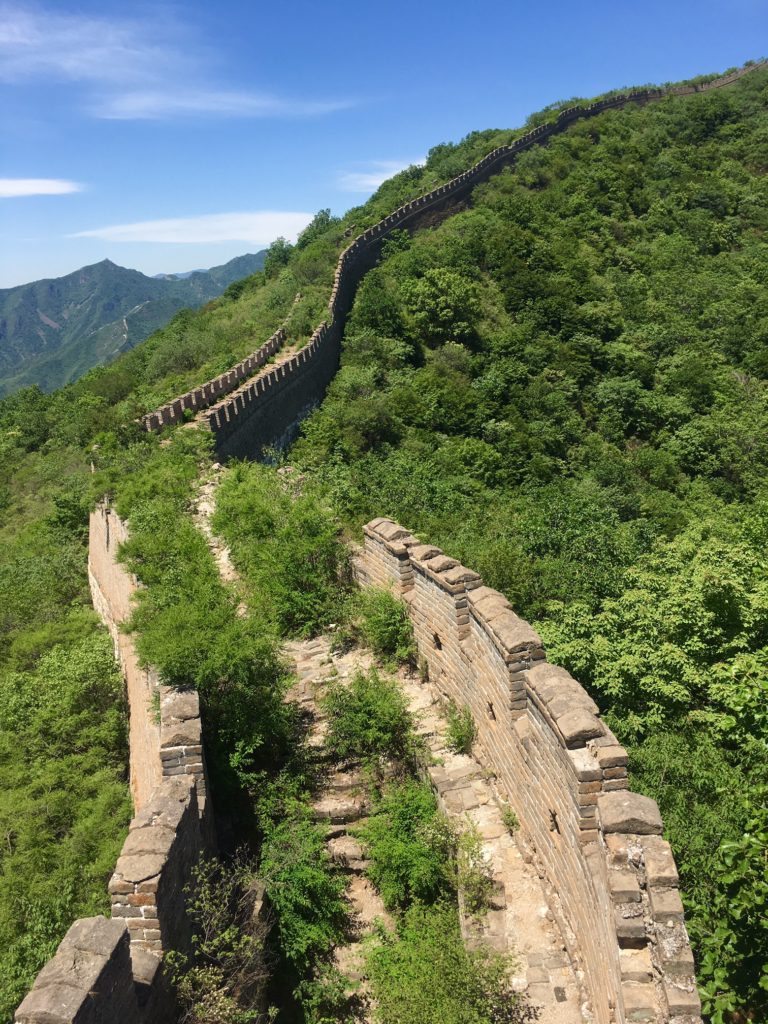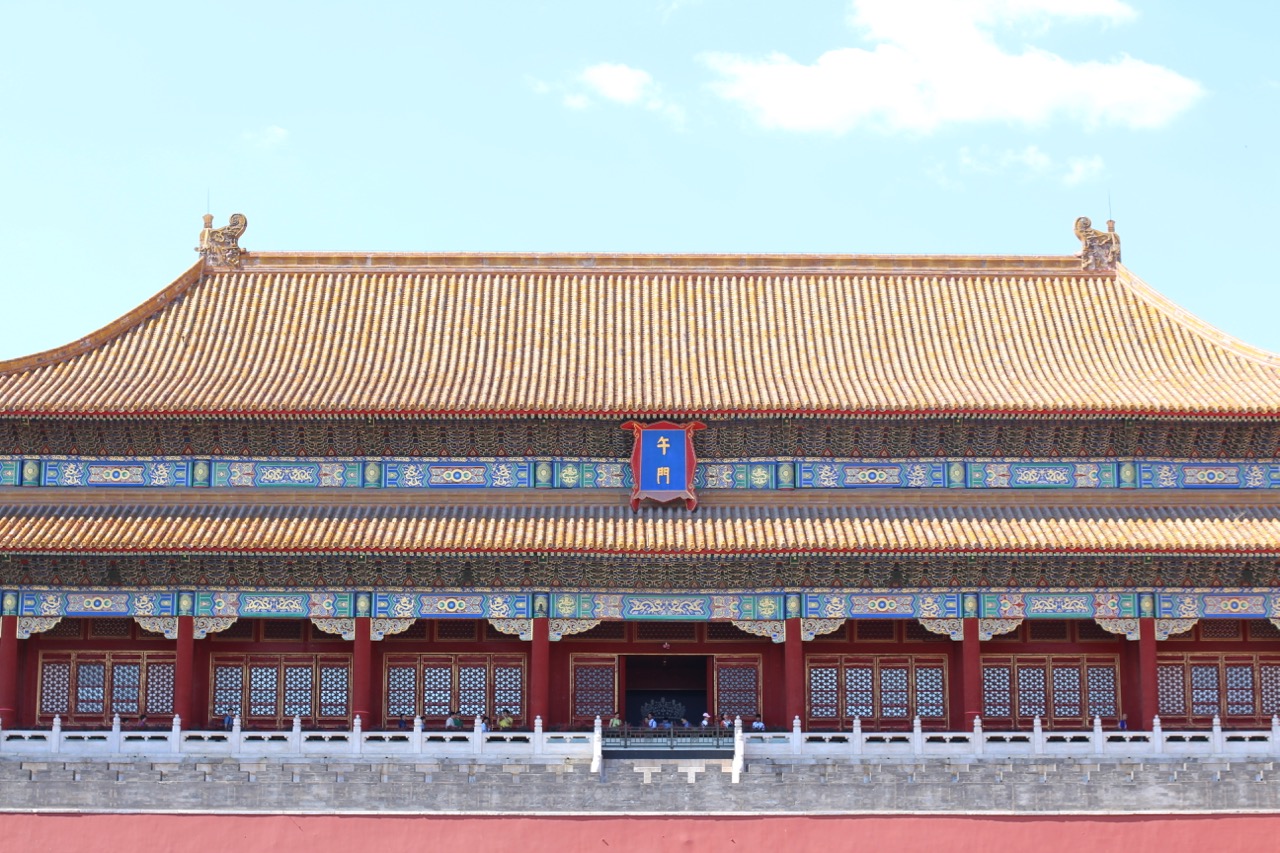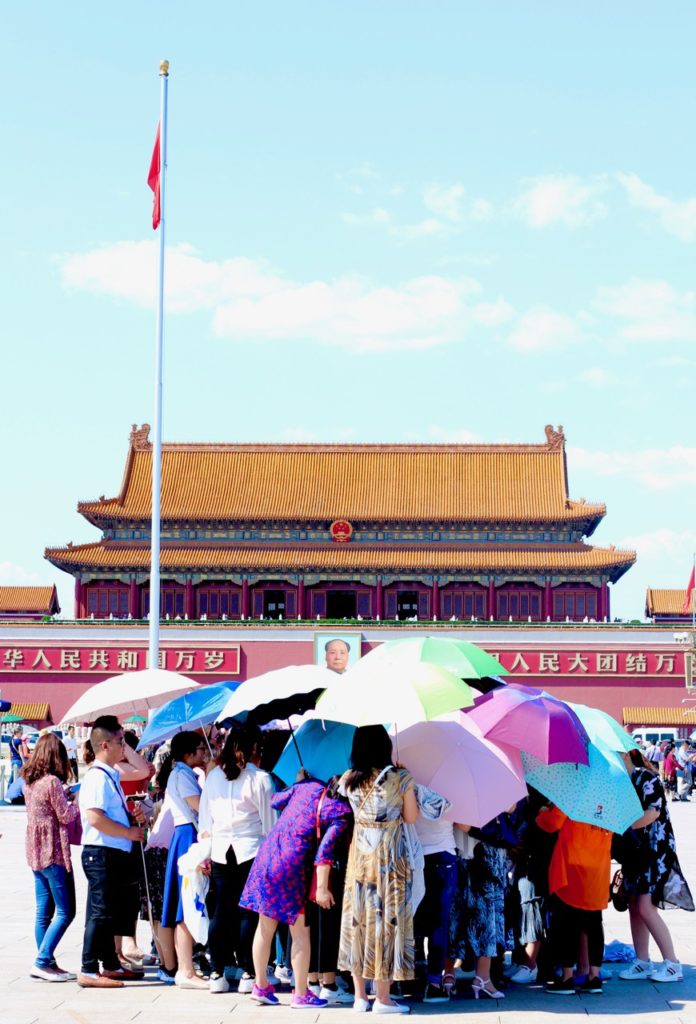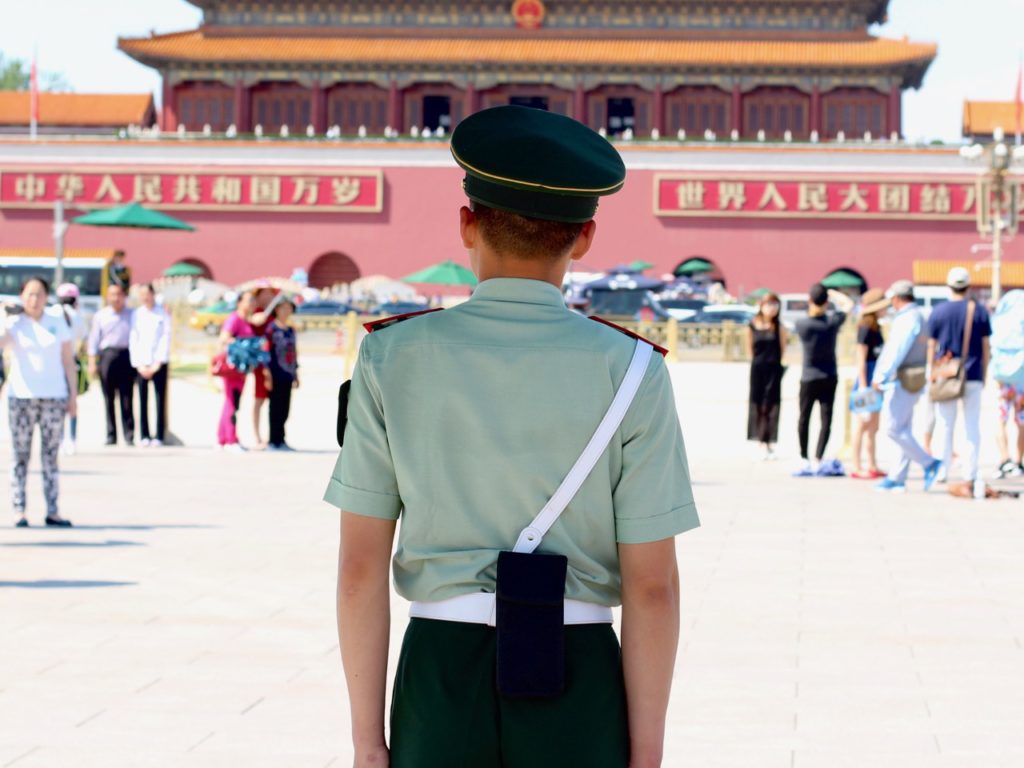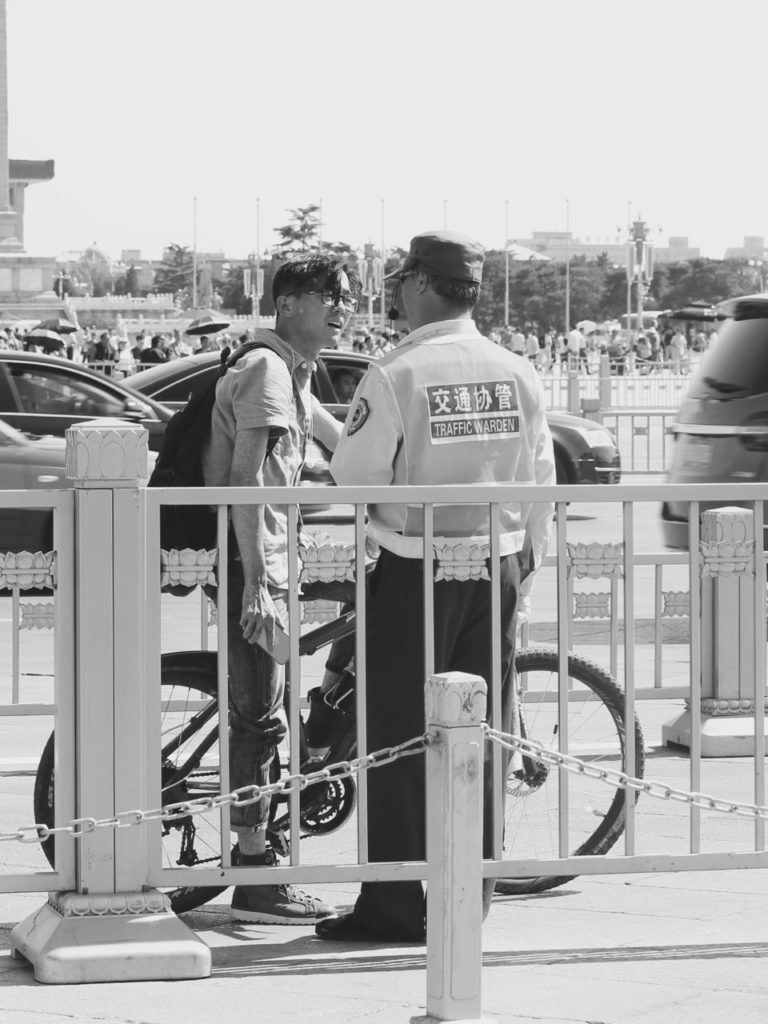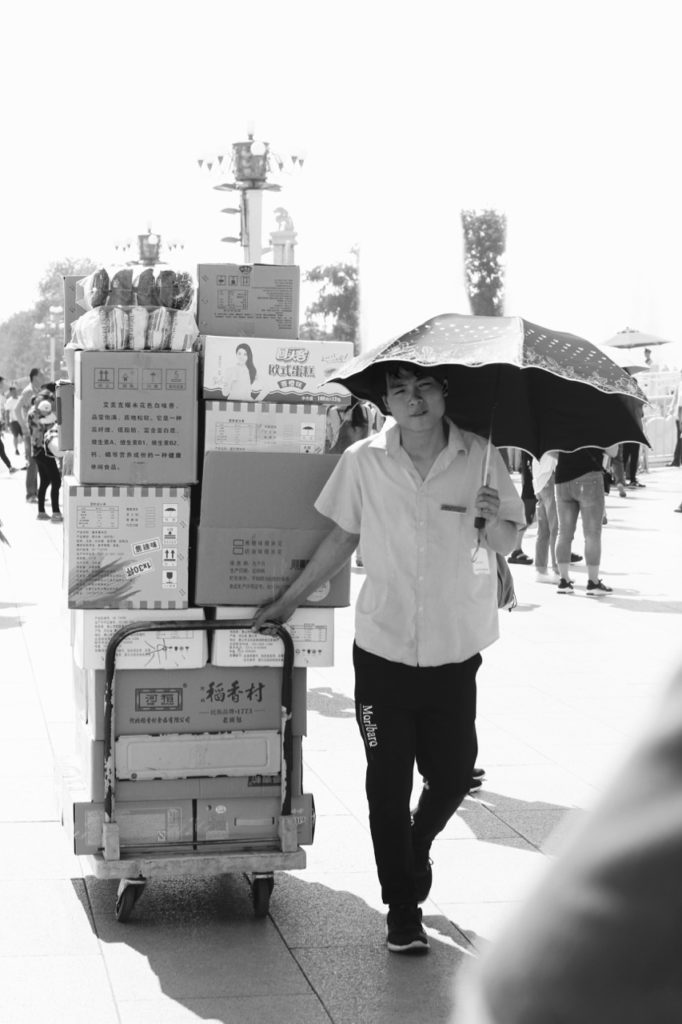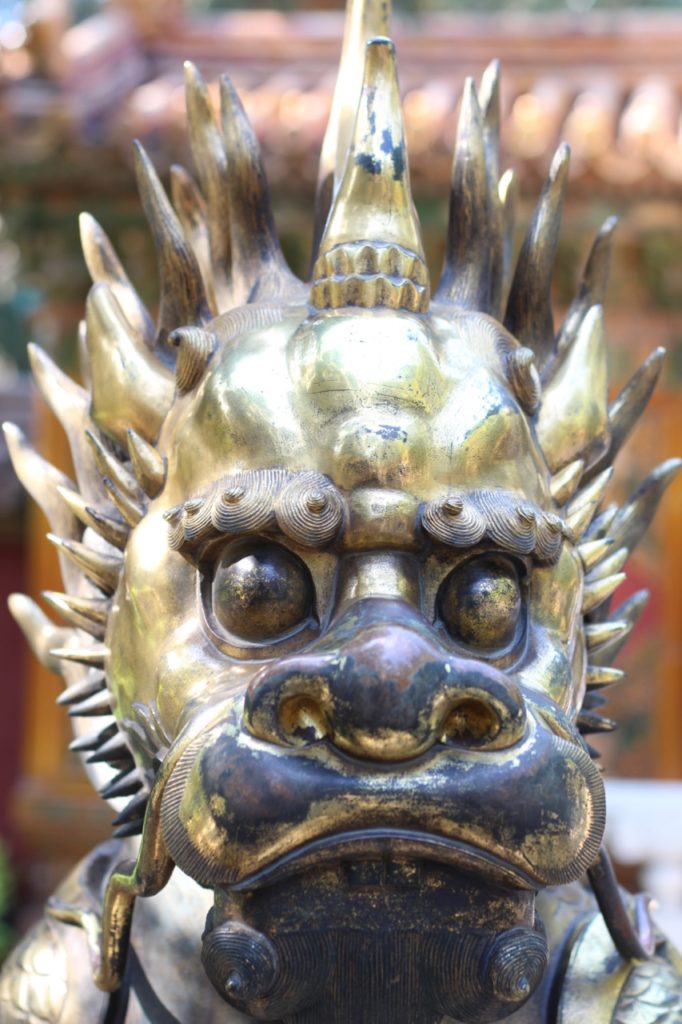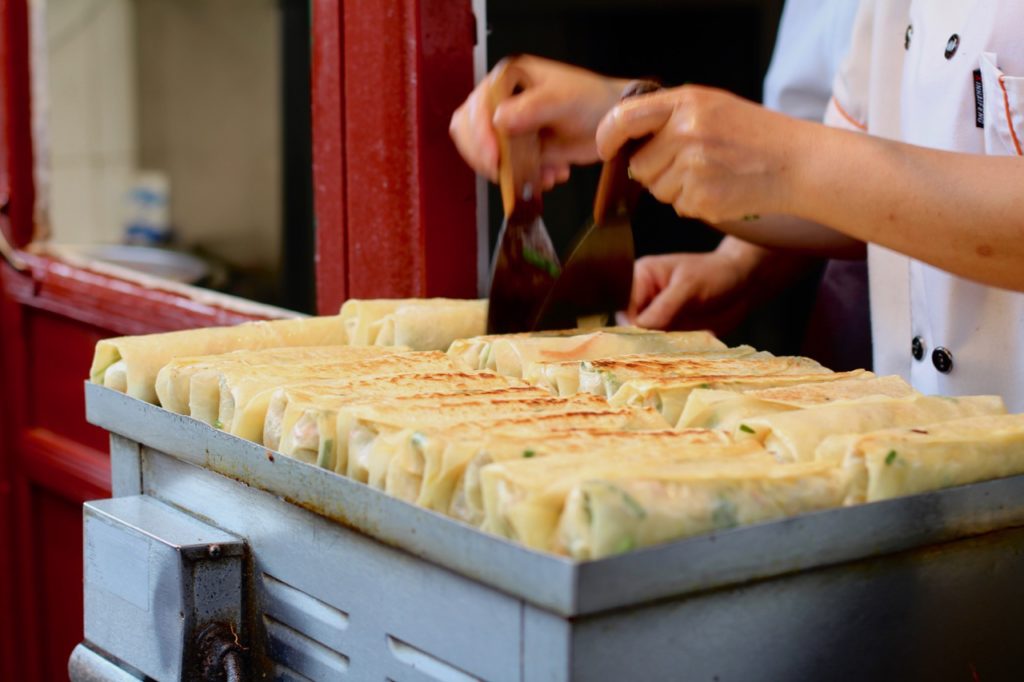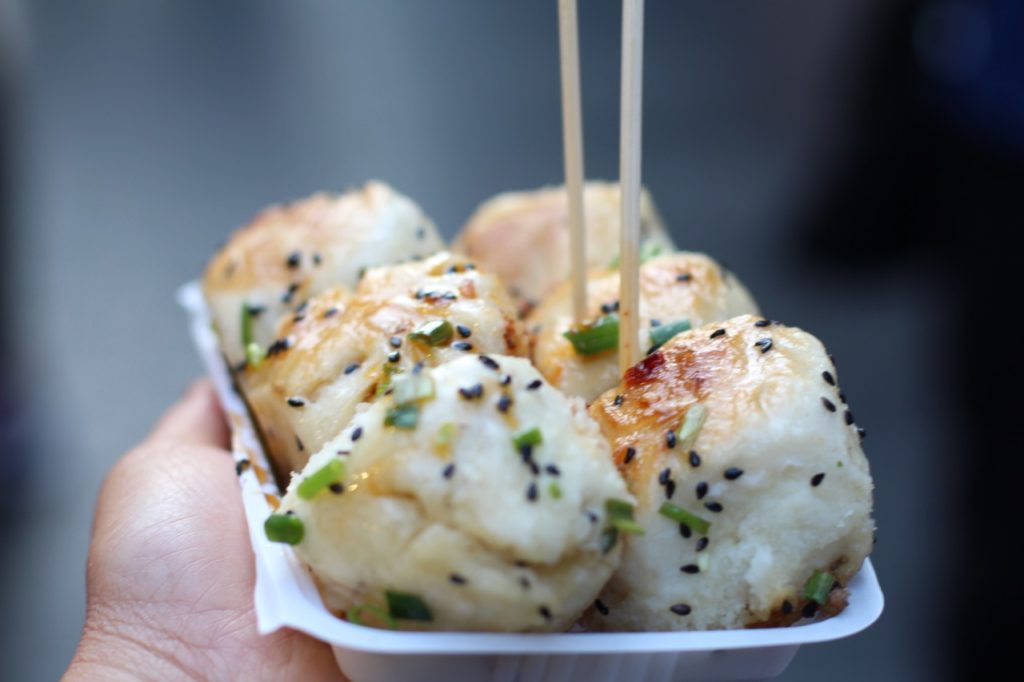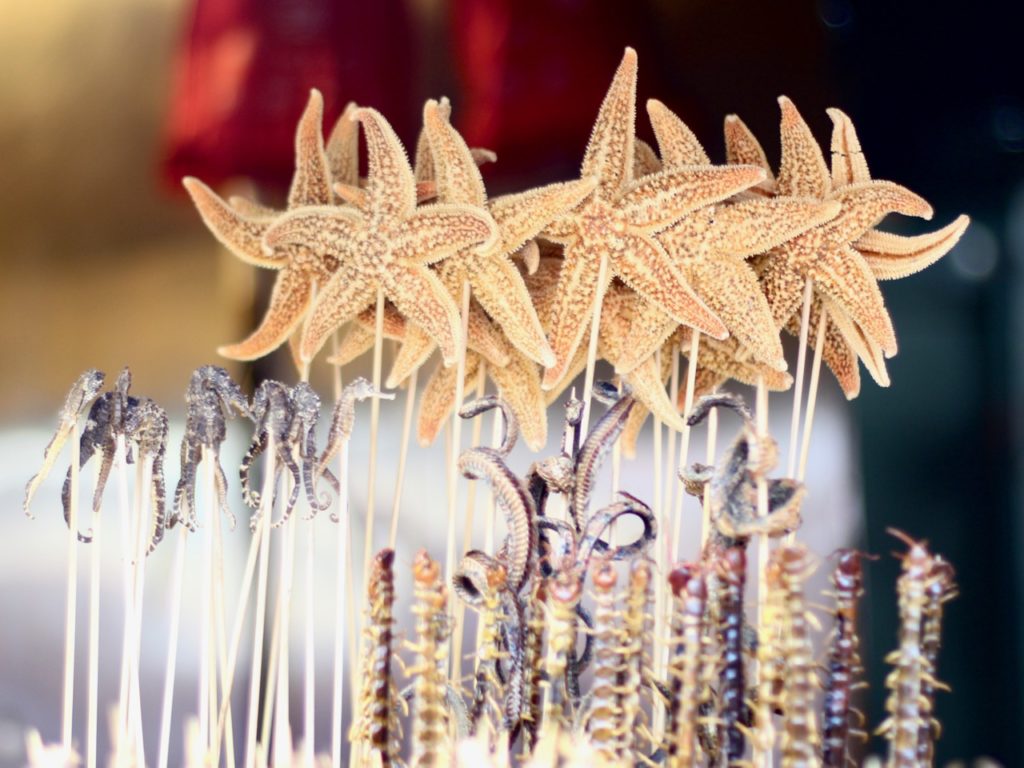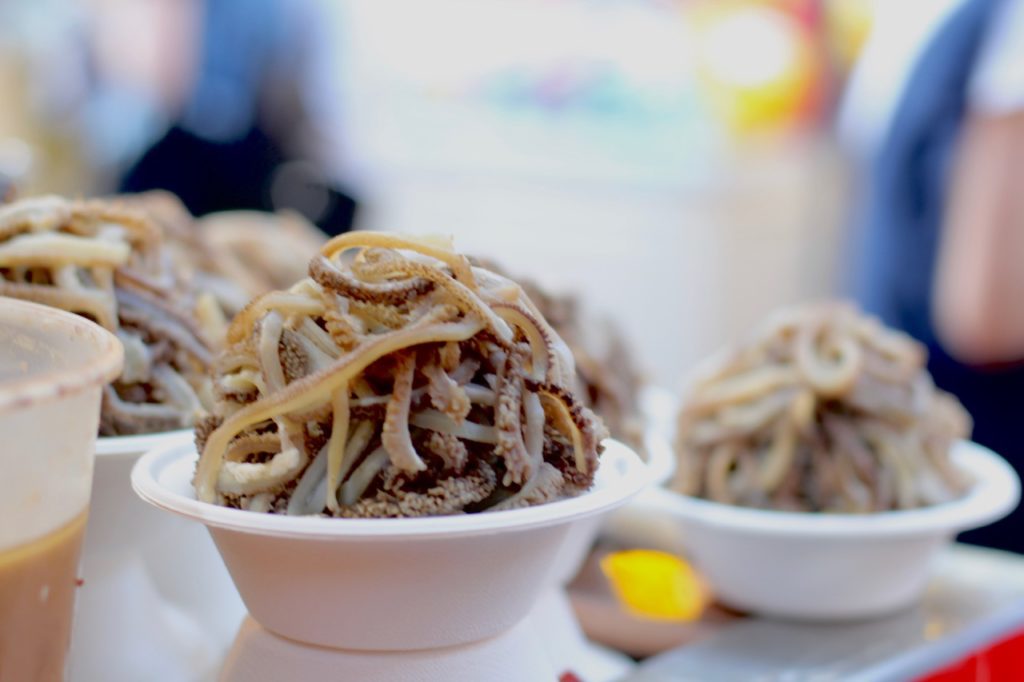Date: Feb 16-18, 2018
Location: Joshua Tree National Park
Trail: Boy Scout Trail to Window Loop (out and back)
Total Mileage: 18 miles
Hikers (listed by hiking names, from oldest to youngest): Jake, Hot Lunch, Tricky Kate, Positive Pierre, Mountain Pup
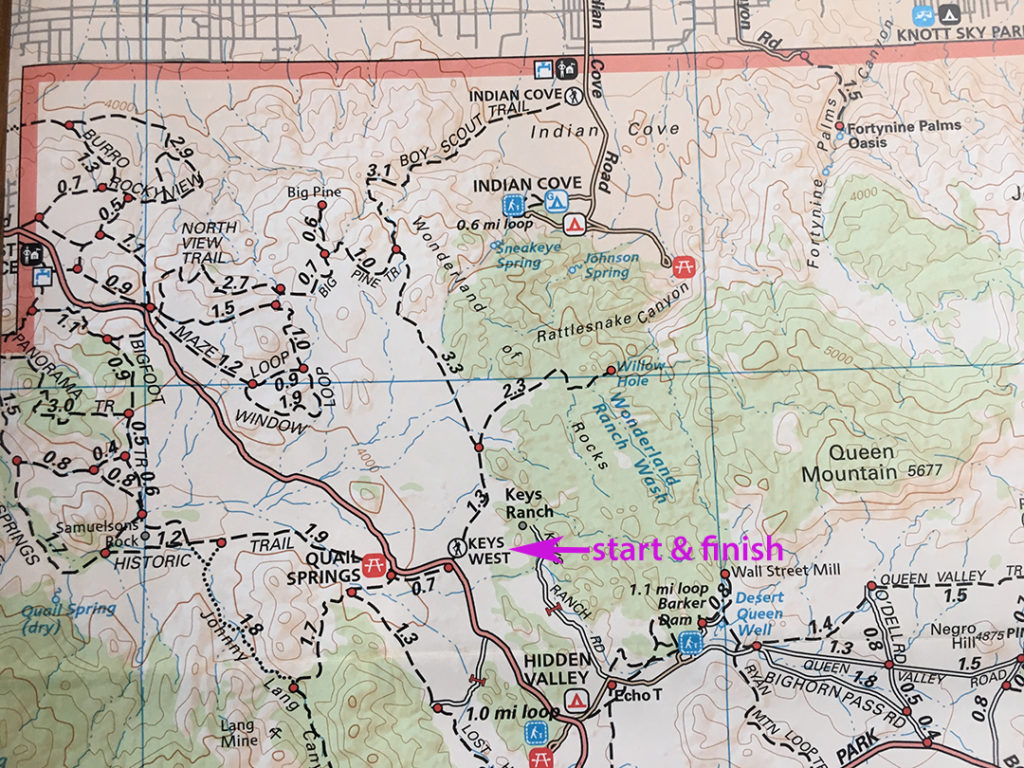
I wouldn’t have chosen Joshua Tree National Park as the next destination in my still-nascent backpacking career, but it is just two hours from where Tricky Kate goes to college and the prospect of her coming along motivated us to overcome the biggest barrier to entry which was…
Water.
Joshua Tree is a desert (two deserts, actually, the Mojave and the Sonora) and therefore lacks natural, accessible (to humans) water sources. Because it is a desert, even if you do come upon water (from a recent rainfall, for example), you’re supposed to leave it for the desert critters.
Did you know that a liter of water weighs 2.2 lbs? Because it was winter, we figured we could get away with 4 liters of water per person, per day. For a 2.5 day trip, this meant that each of us needed to carry 22 lbs of water, in addition to the rest of our gear. Yowza.
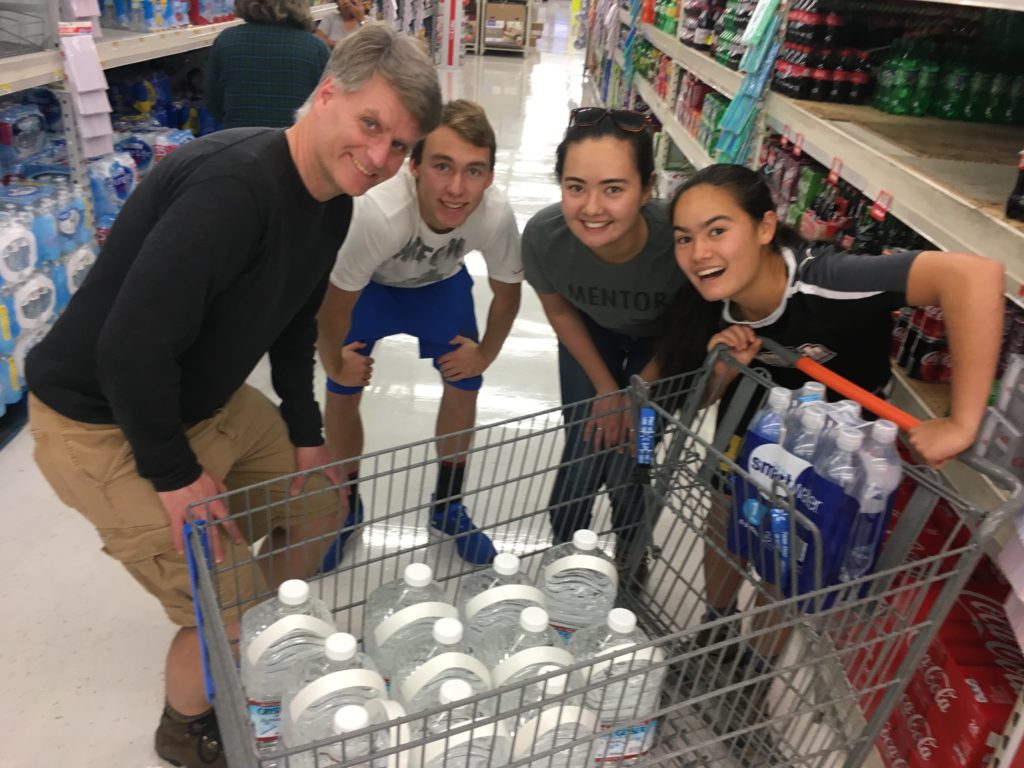
February (and especially President’s Day weekend) is a very popular time to come to the park. We knew we wouldn’t be able to make it there early enough to snag a first-come-first-served camping spot, so we opted to hike out and spend our first night in the backcountry.
We arrived at the trailhead at about 5:30 pm. After filling out our (free) permit, we headed off.
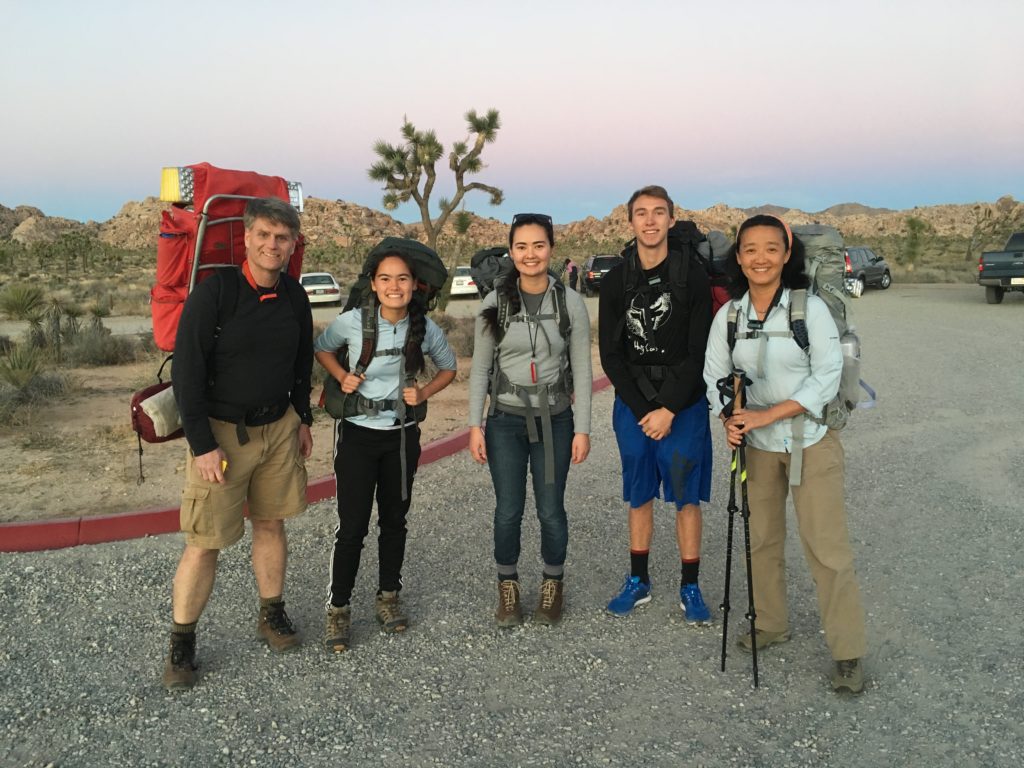
As the desert landscape sank into darkness, the night sky filled with stars, the likes of which we rarely experience in our light-polluted world. The Dippers, the North Star, Orion’s Belt…we could name only a few of the innumerable stars we saw above us.
After walking for about two hours, we set up camp off trail (at least 500 feet, please) and went to sleep on what turned out to be a very cold night. I slept in my down sleeping bag wearing my rain jacket and a hat and still felt uncomfortably chilly. It was the kind of night where you constantly wake up because it’s hard to get comfortable and it’s so freakin’ cold and you have to pee but it’s too frigid to contemplate getting out of your sleeping bag.
The temperature had only dipped into the low 40s, but when we woke up we found ice floating in our water jugs. Jake explained that in the desert, 40 degrees can feel a lot colder because of the loss of infrared radiation to outer space. I’m still thinking about this one.
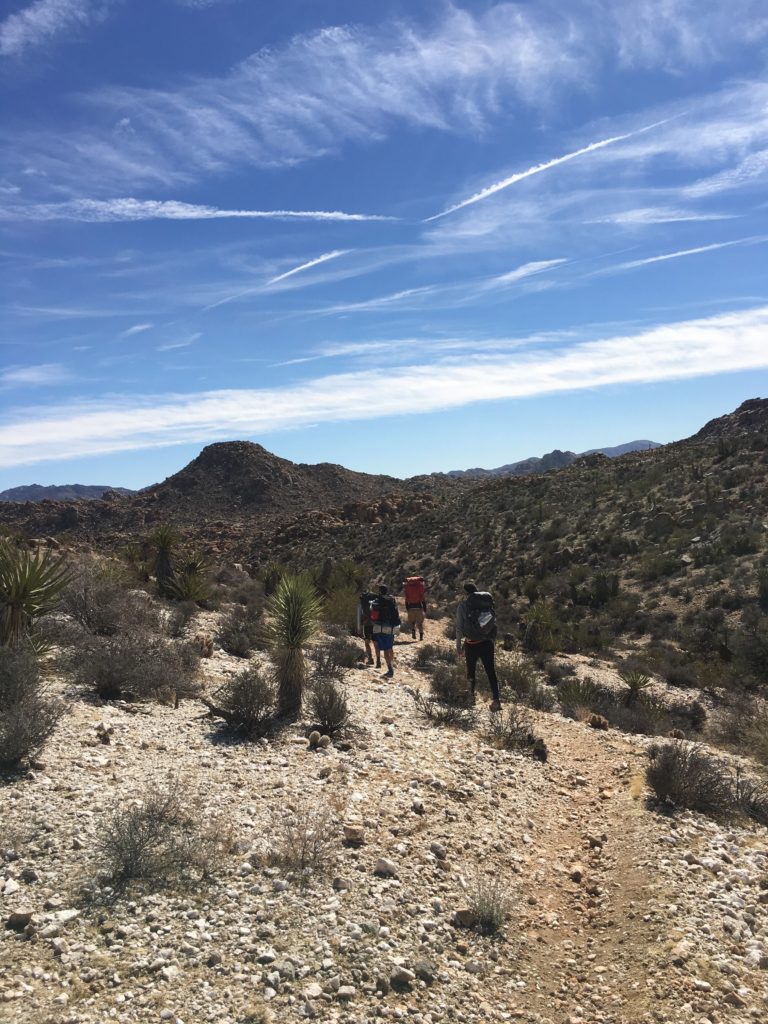
We ate breakfast and packed up and continued along the Boy Scout Trail in what turned out to be perfect hiking weather. We took a break shortly after the turnoff to Big Pine trail to scramble up Big Pine mountain. Positive Pierre bounded up the boulders like it was nothing. With my general fear of heights and my shoulder injury, I was the slowest of the group but everyone was very upbeat and patient with me. (This is not my most favorite feeling in the world, but I’ve mostly decided that if I want to keep exploring the wilderness, I have to just get over it.)

We made our way to the Window loop trail and set up camp among the surreal-looking rocks and boulders, then spent the rest of the afternoon napping, exploring, and climbing another peak where we discovered an enormous trove of what turned out to be bat guano. Eek.
We returned to camp and while we waited for our water to boil for dinner, I read aloud from the pages of a New Yorker article about polar exploration that I had torn out of the magazine and brought along (fantastic article — well worth your time to read). Despite all the snow and ice, Antarctica is a desert so it felt especially fitting to read about polar explorers’ travails and feats of endurance while we were huddled over our little camping stove in the middle of the Mojave.
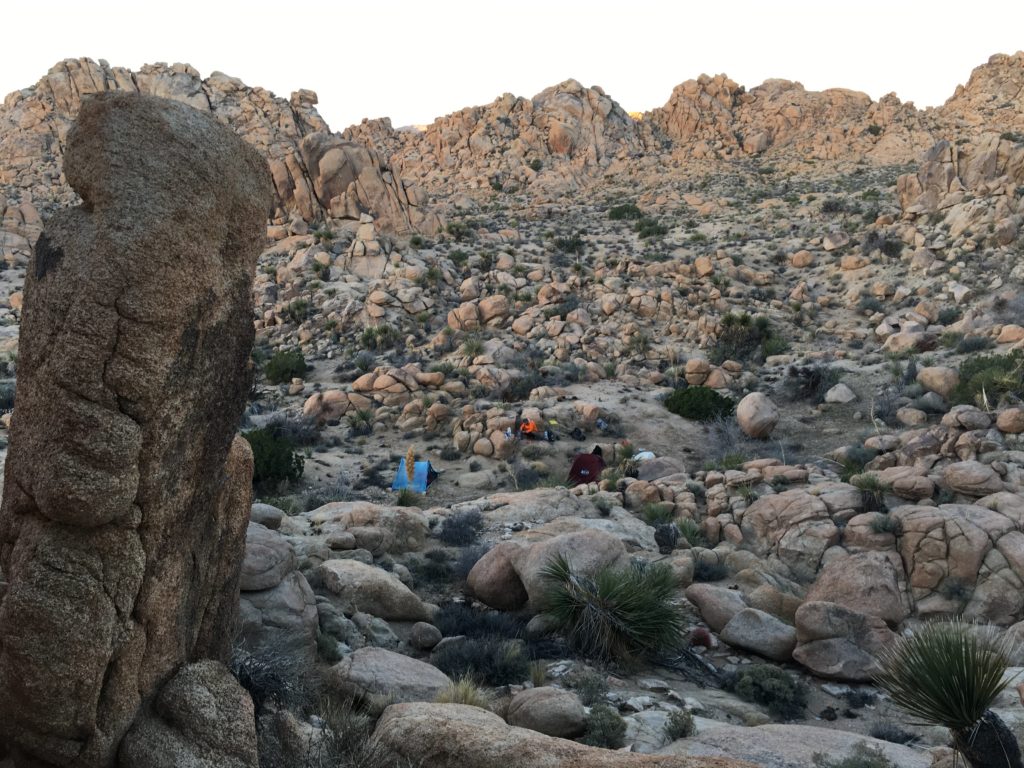
I was trying to explain to a coworker who had never been camping why it’s so fun. Camping in general — and backpacking in particular — usually involves a series of minor discomforts. You don’t sleep well, it’s cold, it’s hot, your muscles are sore, your pack is heavy, the food is terrible (though instant mashed potatoes and tuna packets never tasted so good as after a long day on the trail). So what makes backpacking fun? The five of us on this trip agreed that we had had a really fun time and itched to do it again. Why?
For me, it comes down to these things:
- Nature! As Thoreau wrote, “We need the tonic of wildness.”
- Exertion and simplicity — for a day or two, we were forced to unplug from our technology-filled lives and focus on the most basic aspects of life: food, water, shelter. While physically taxing, it’s mentally super relaxing for me.
- Camaraderie — we laughed. A lot. We worked together and encouraged one another and generally enjoyed one another’s company.
